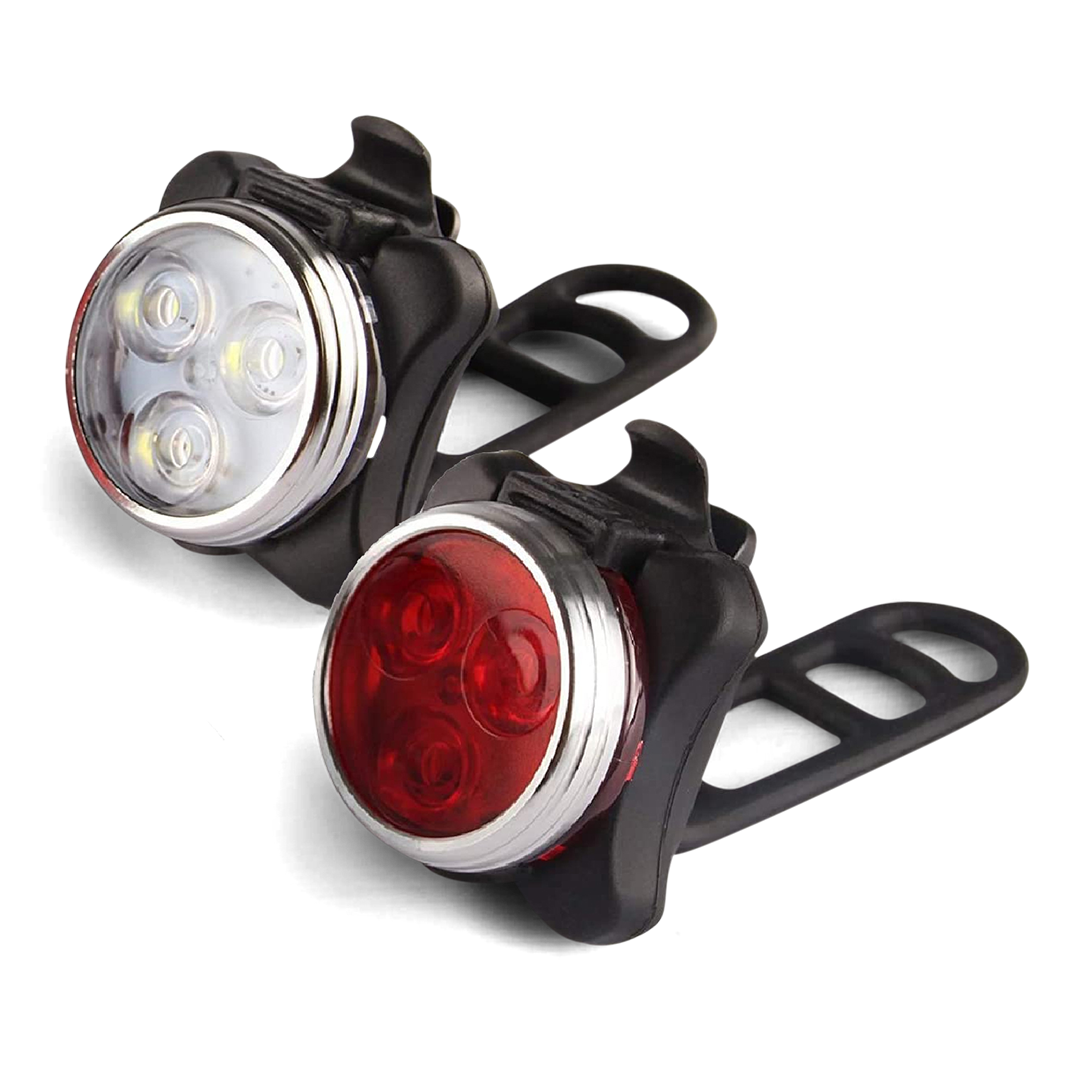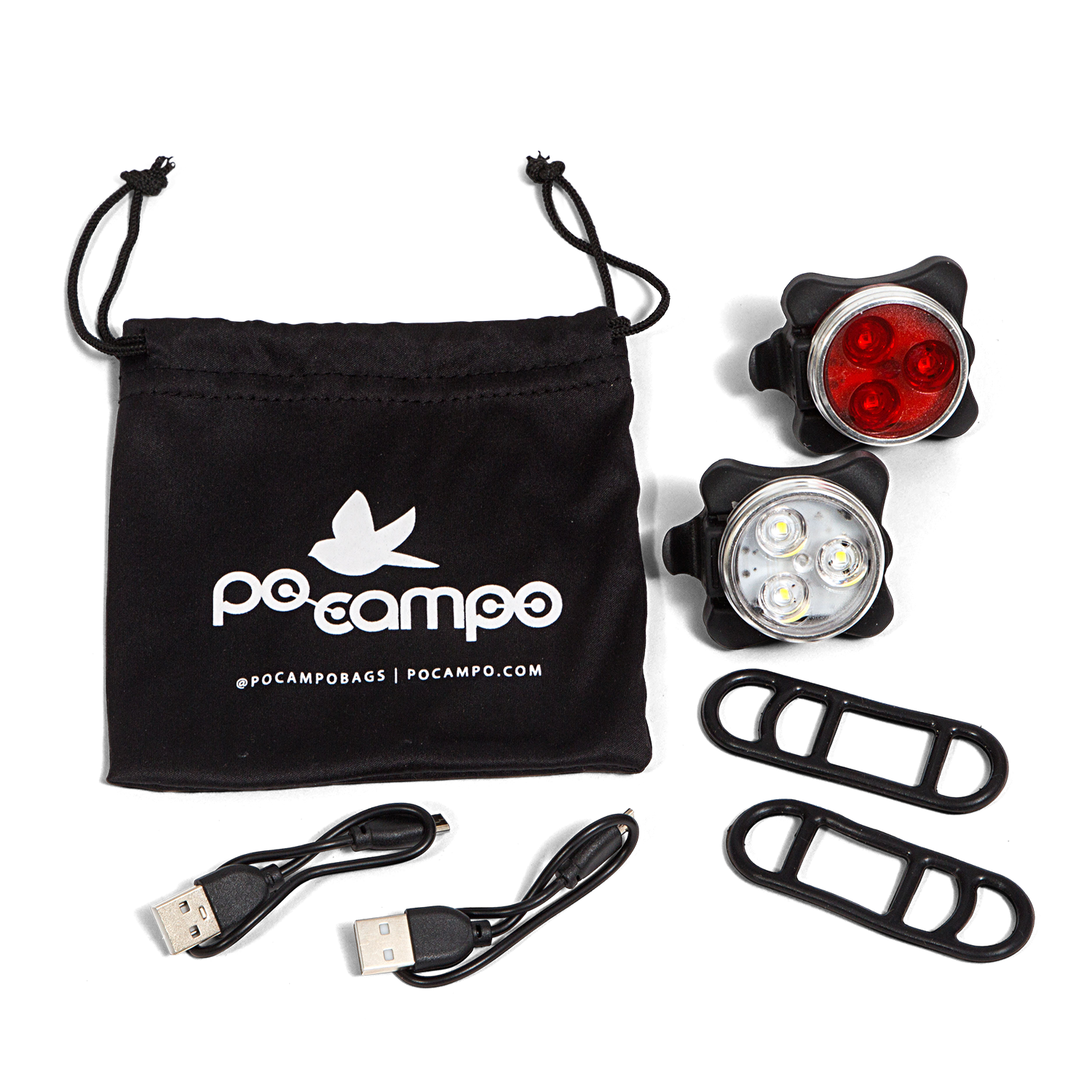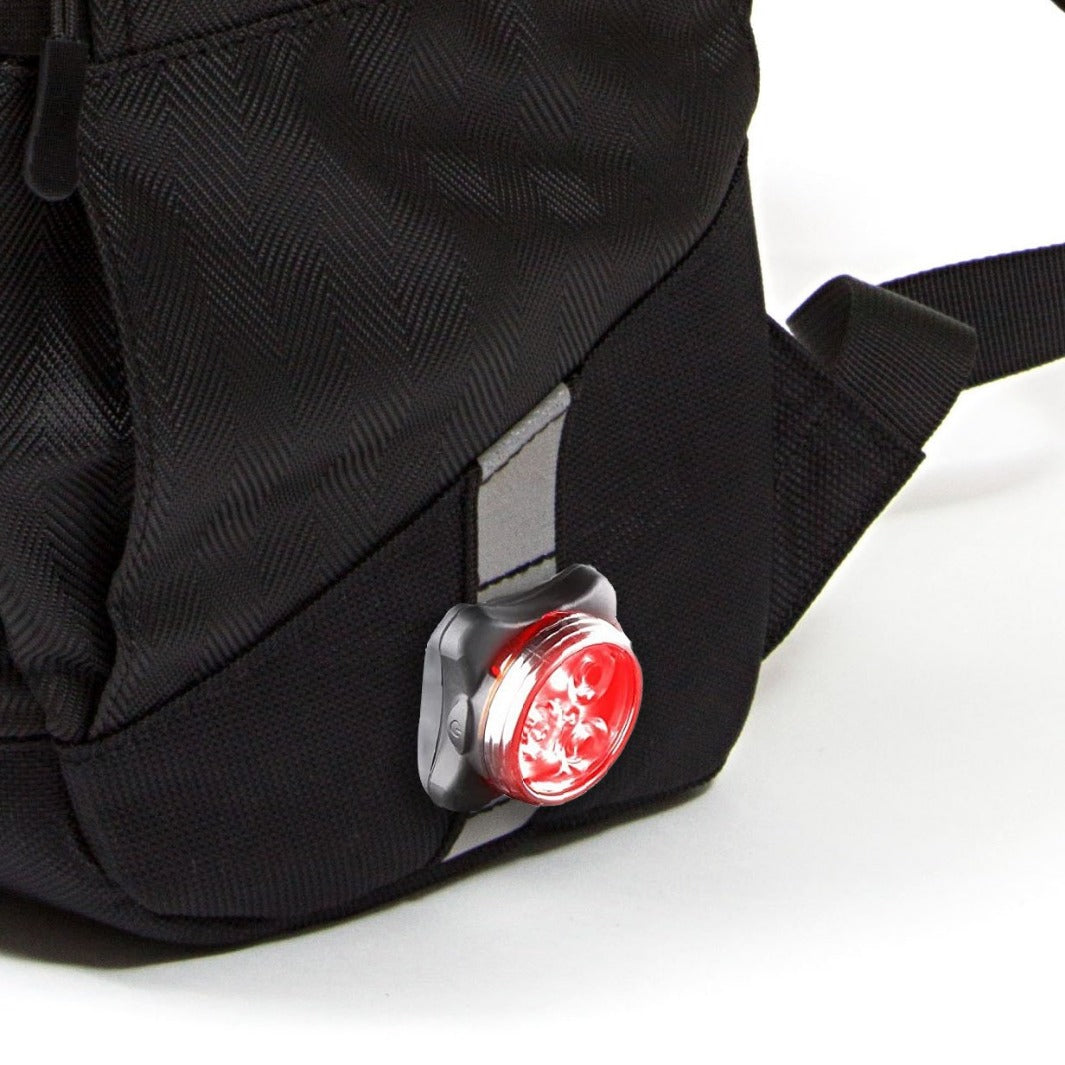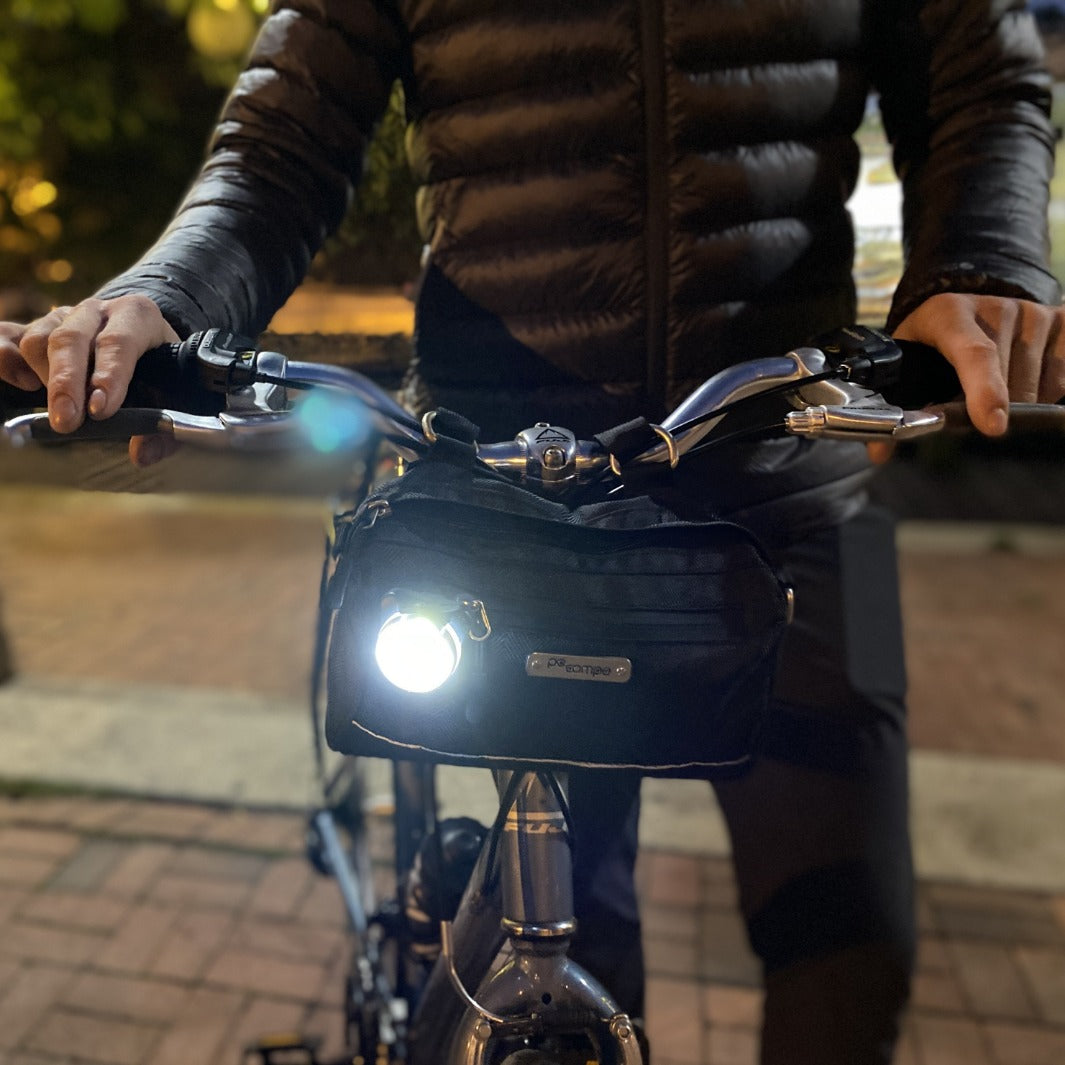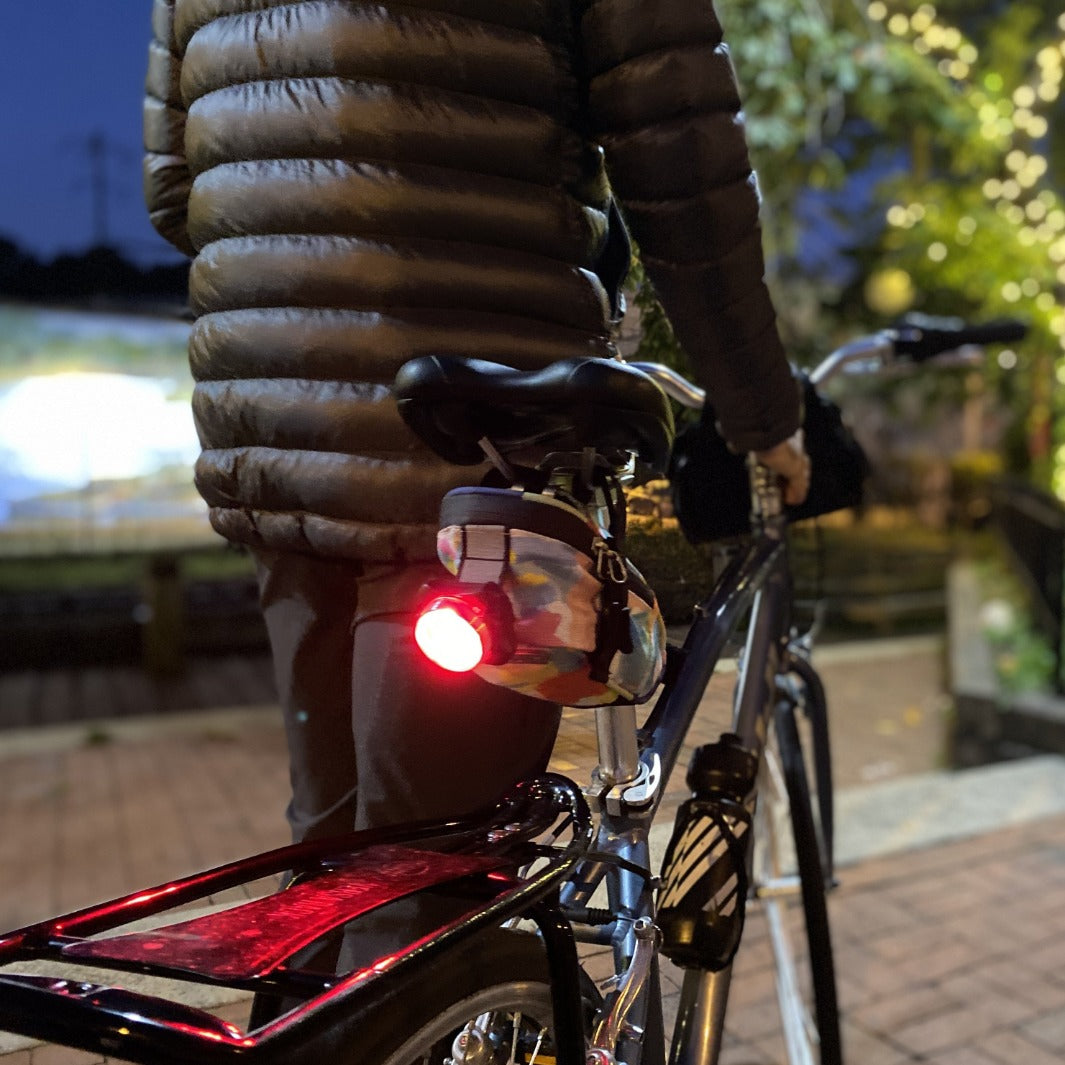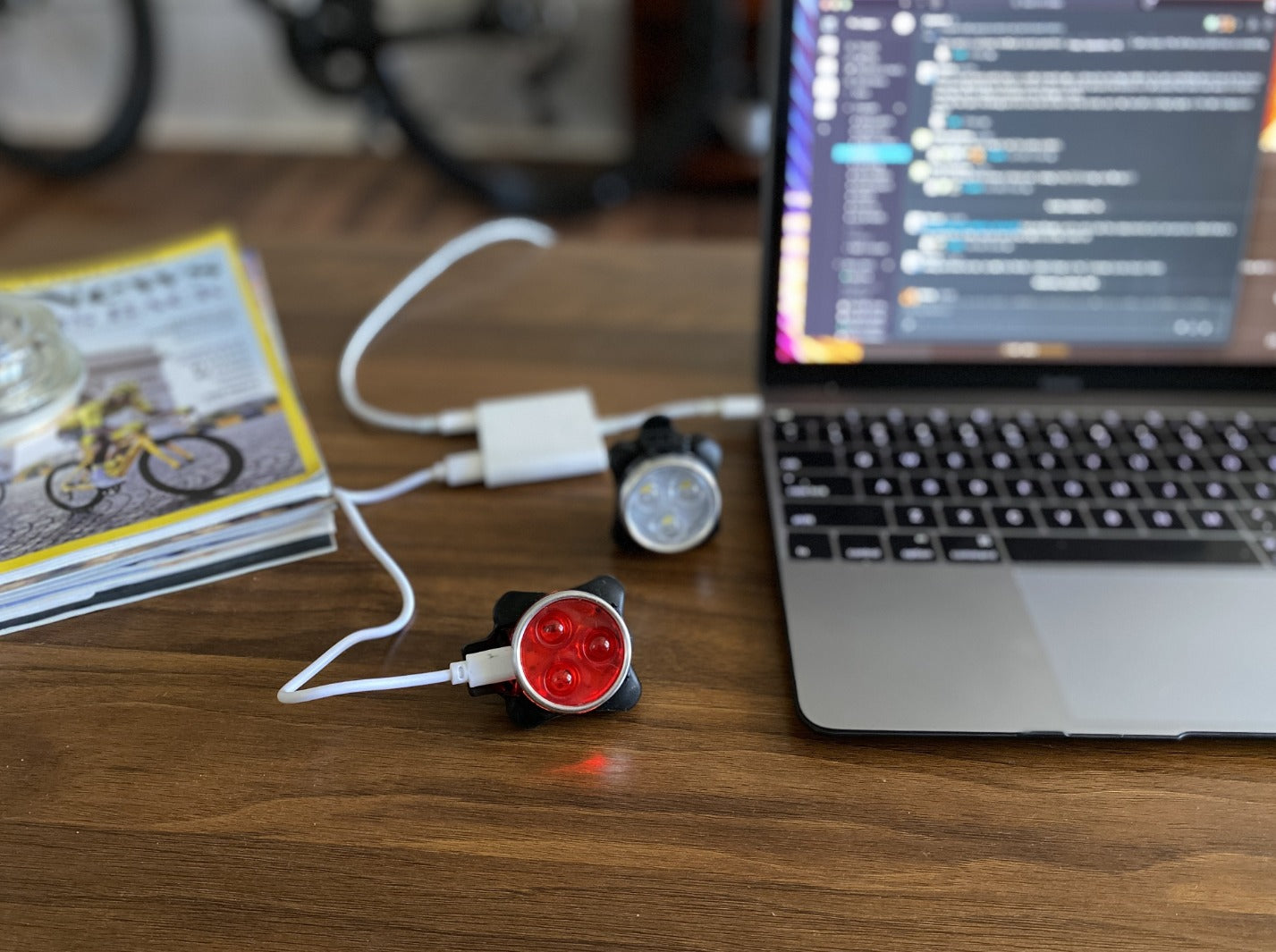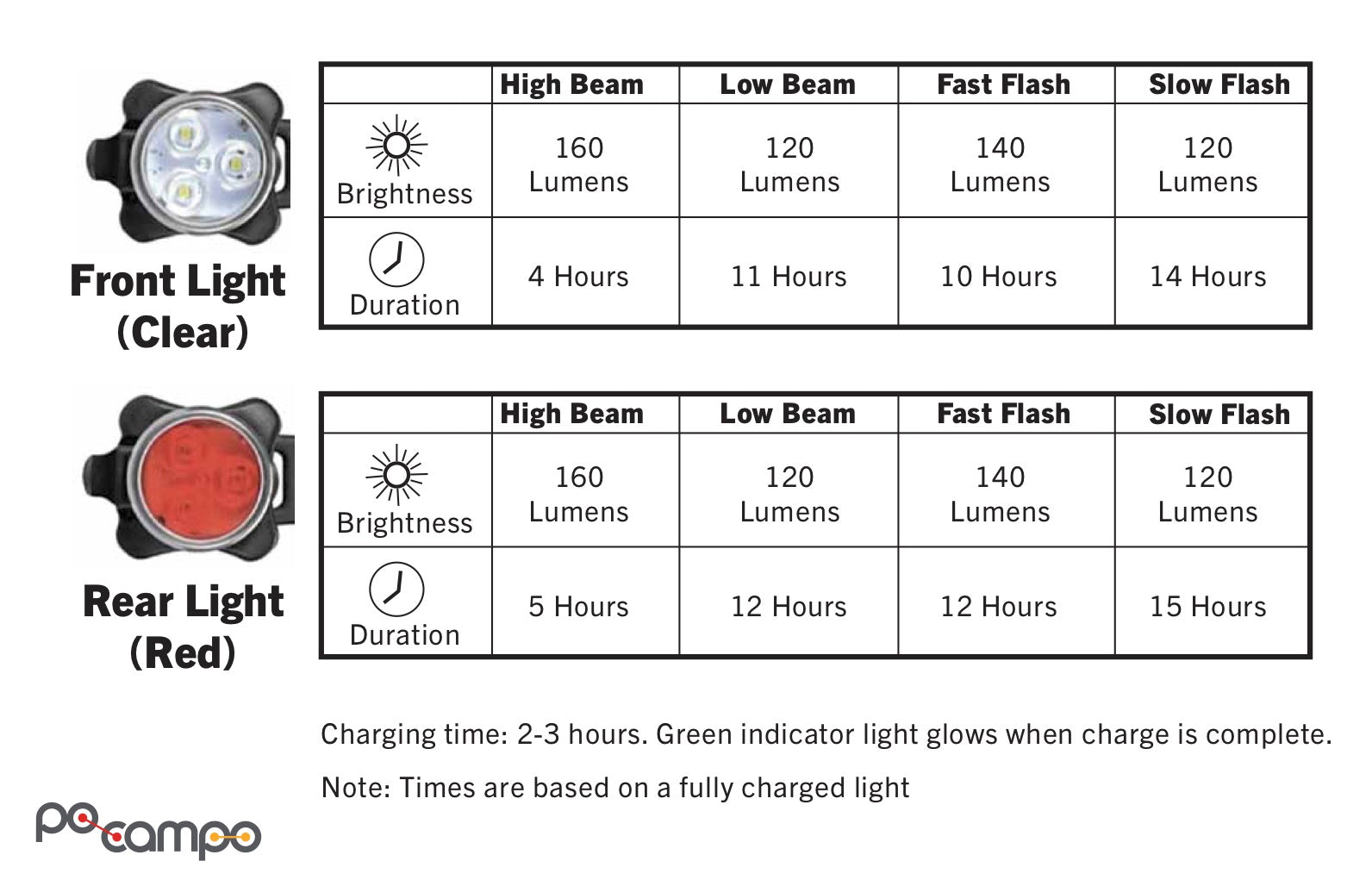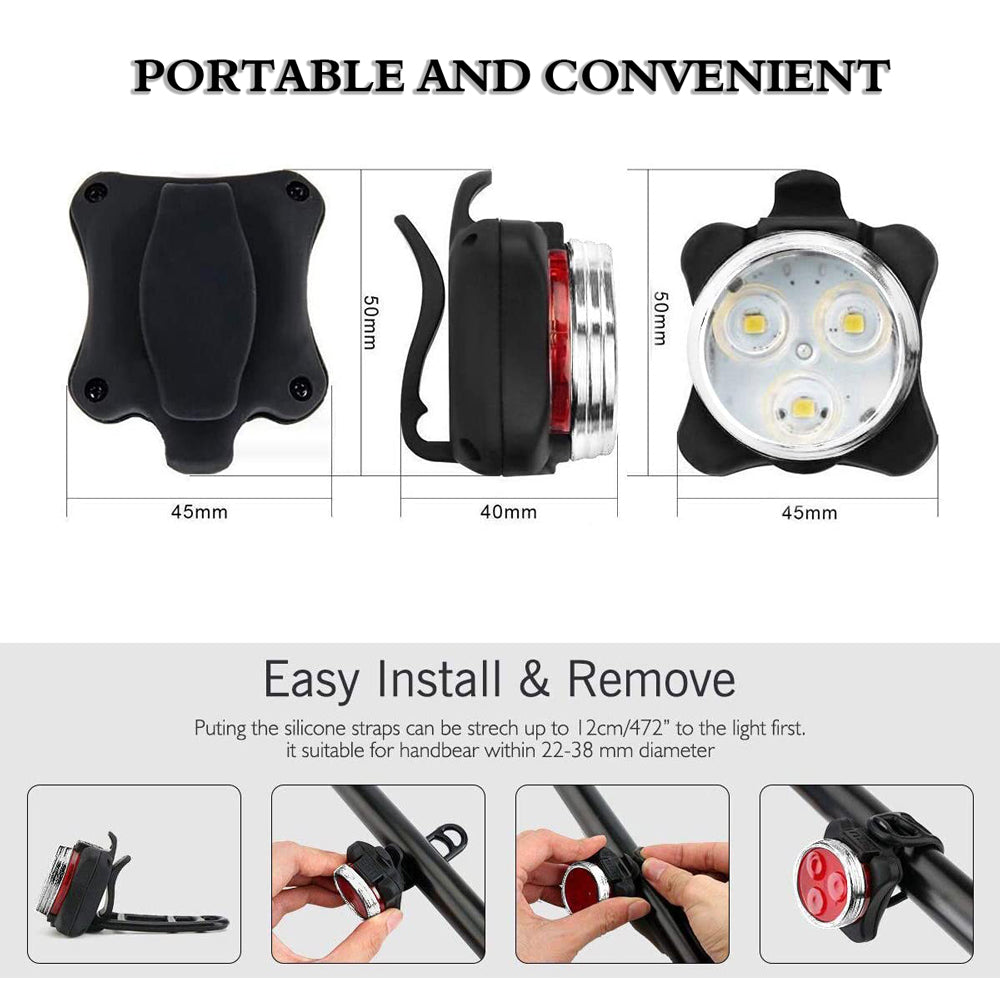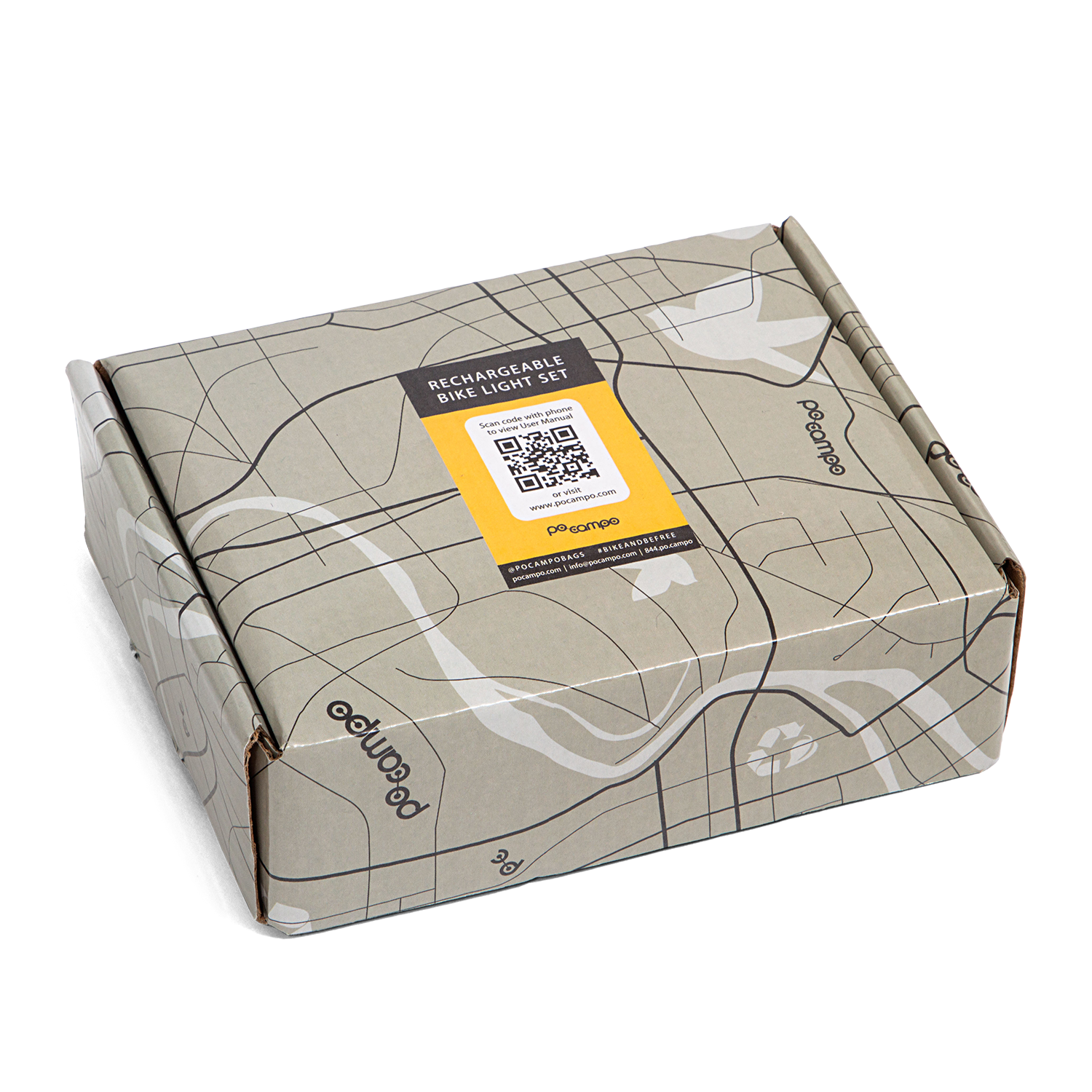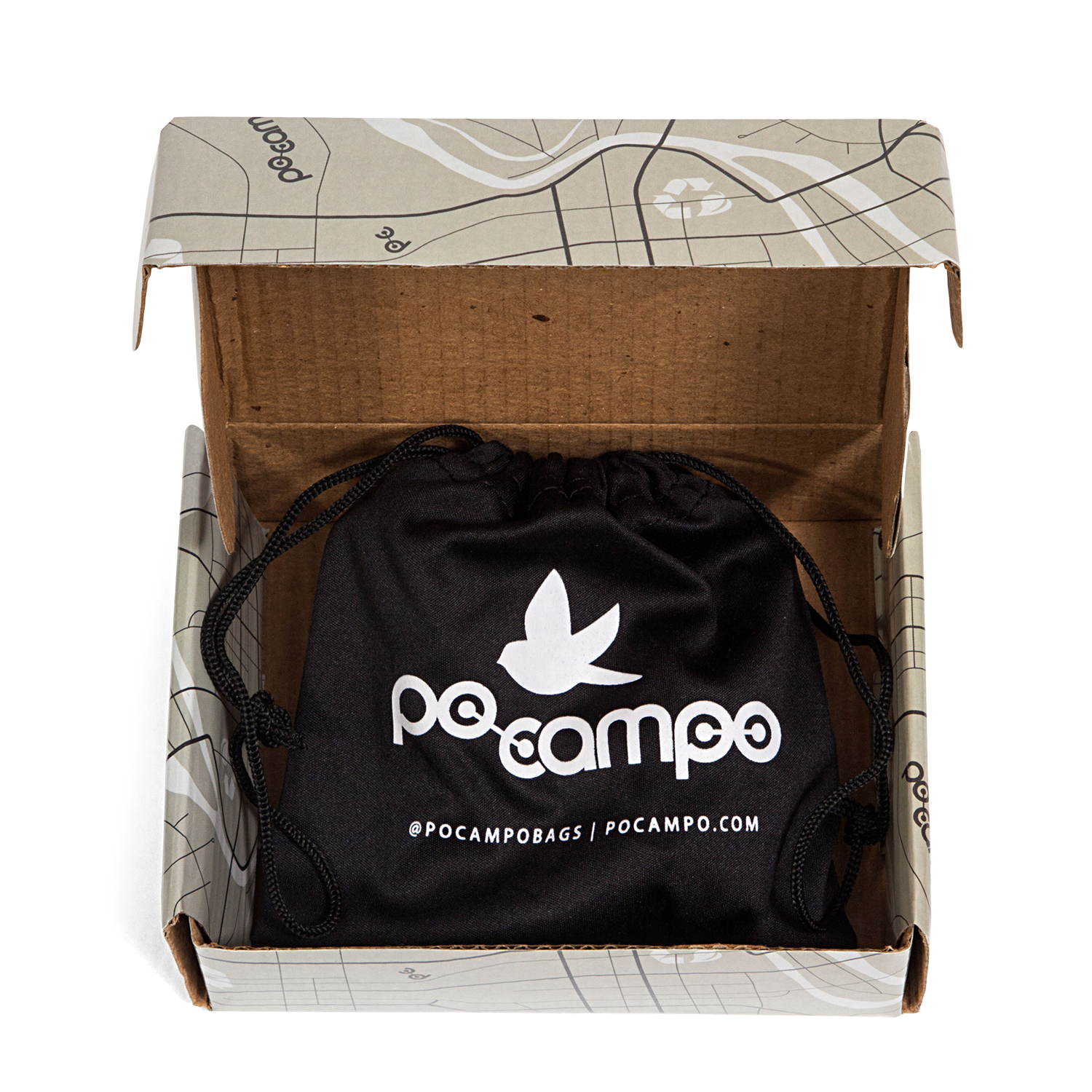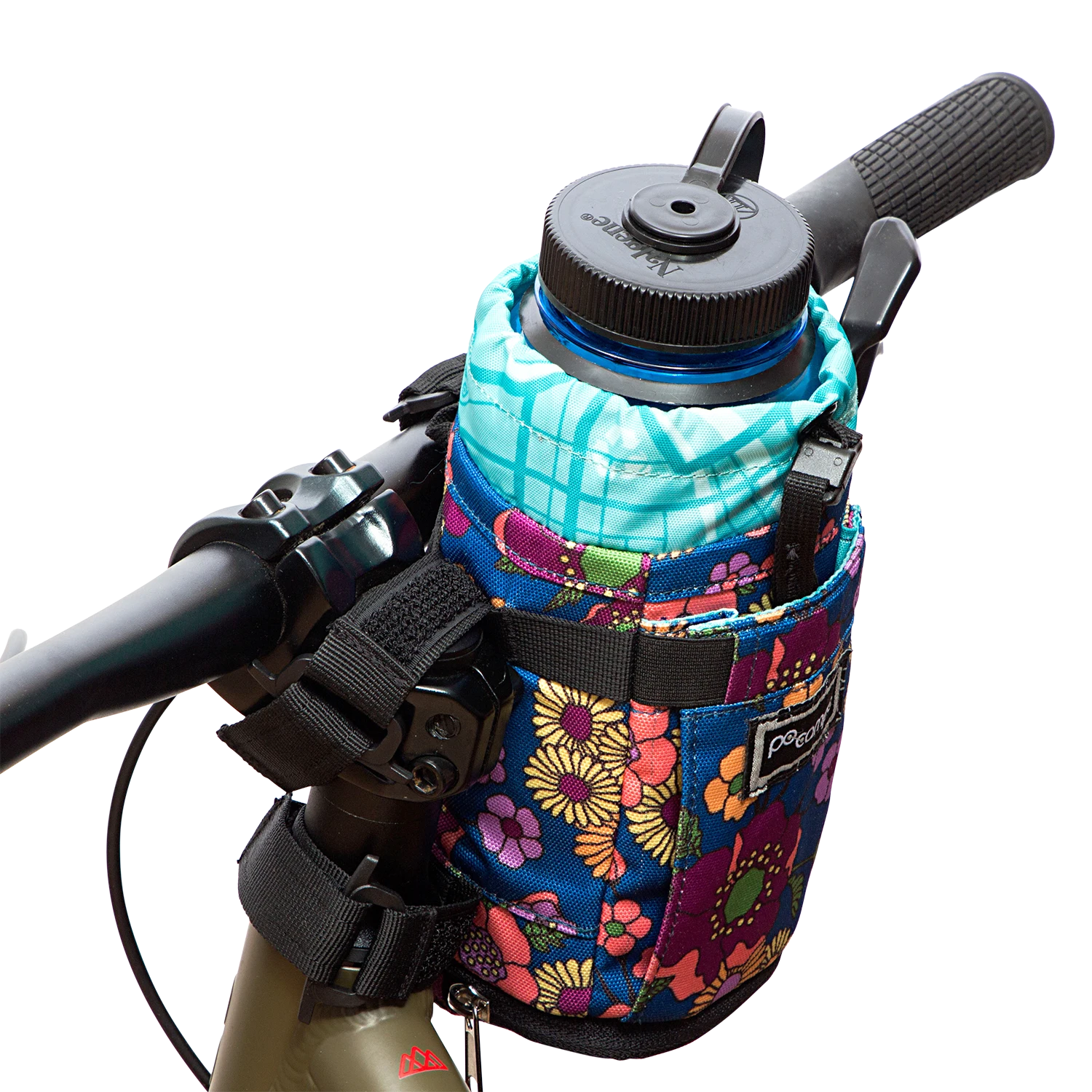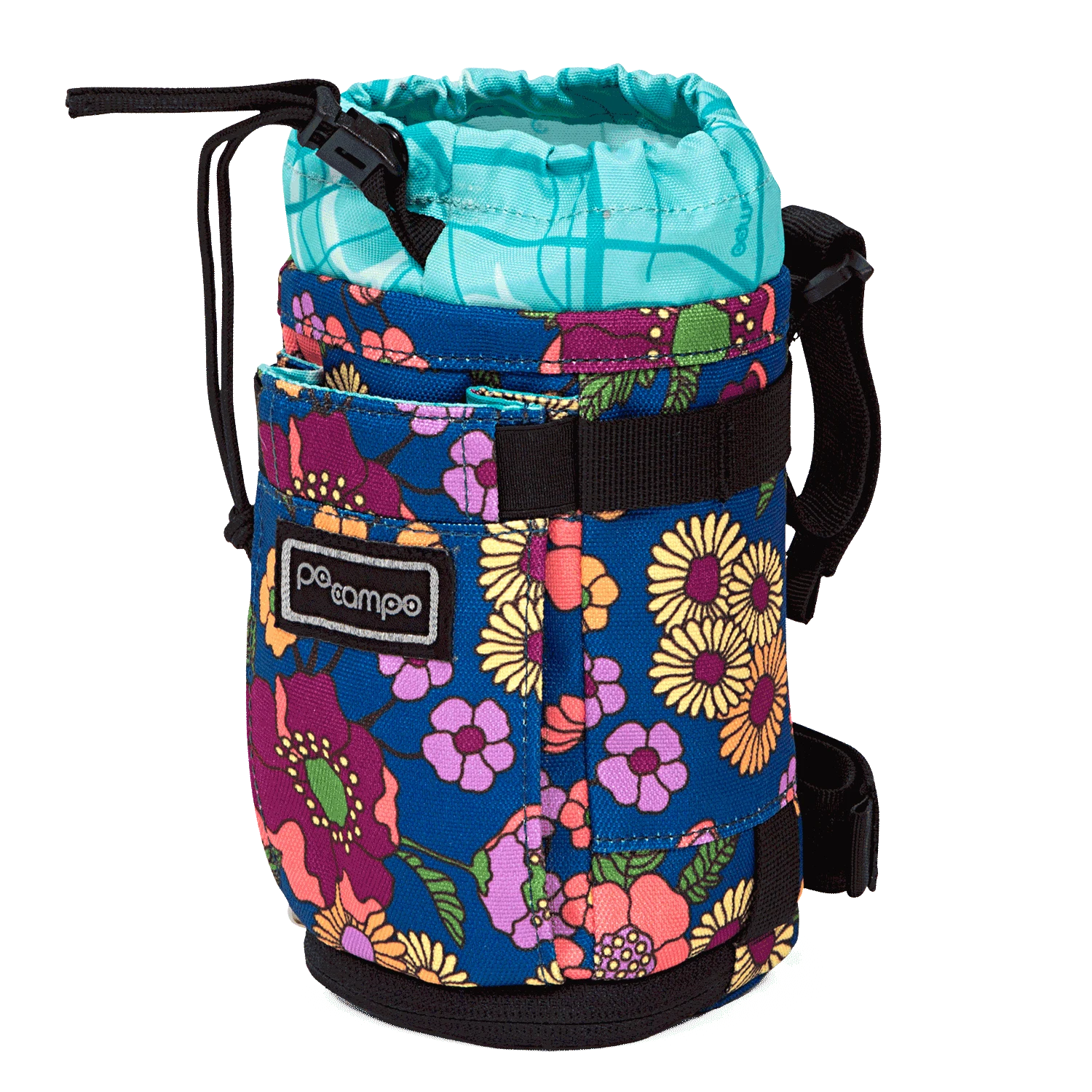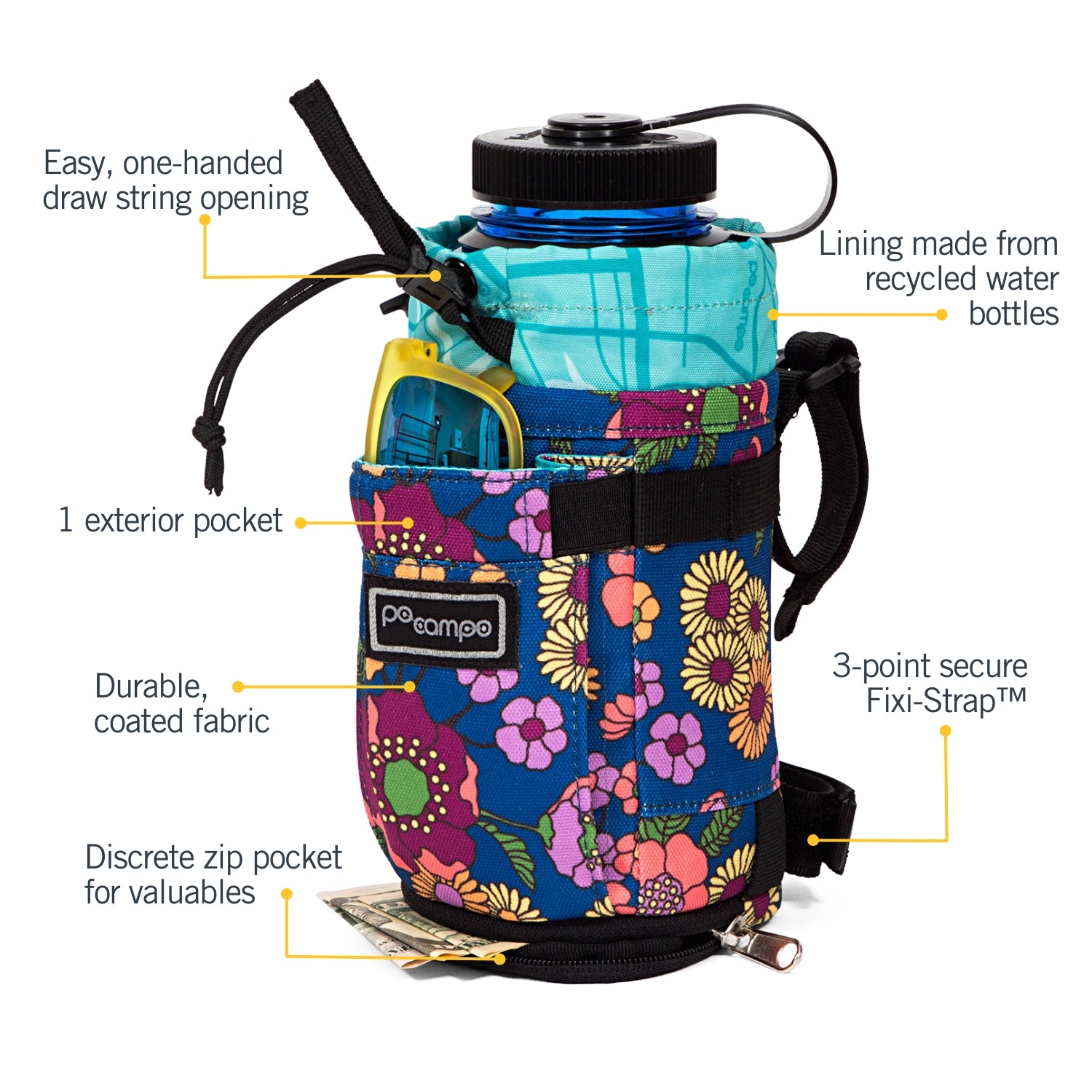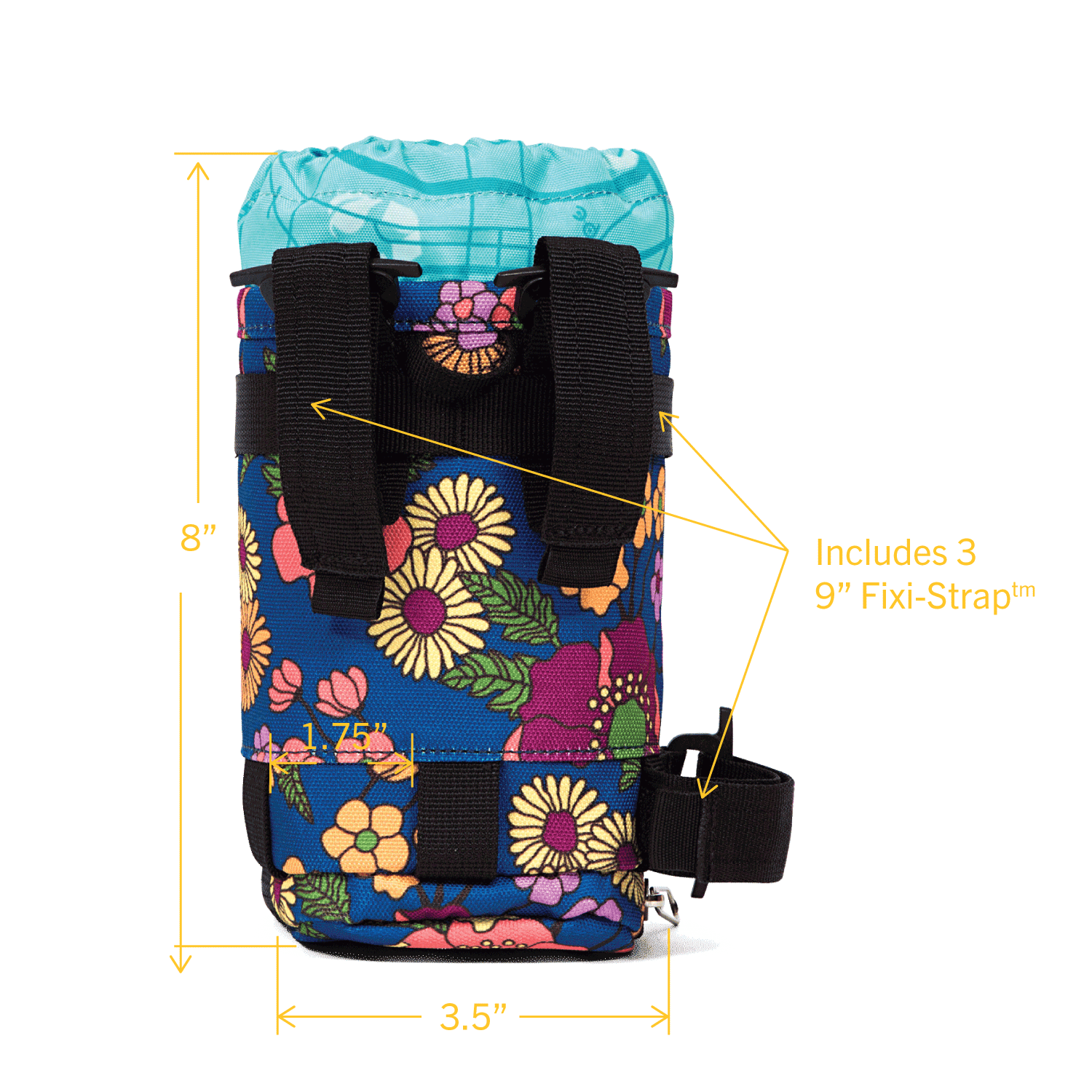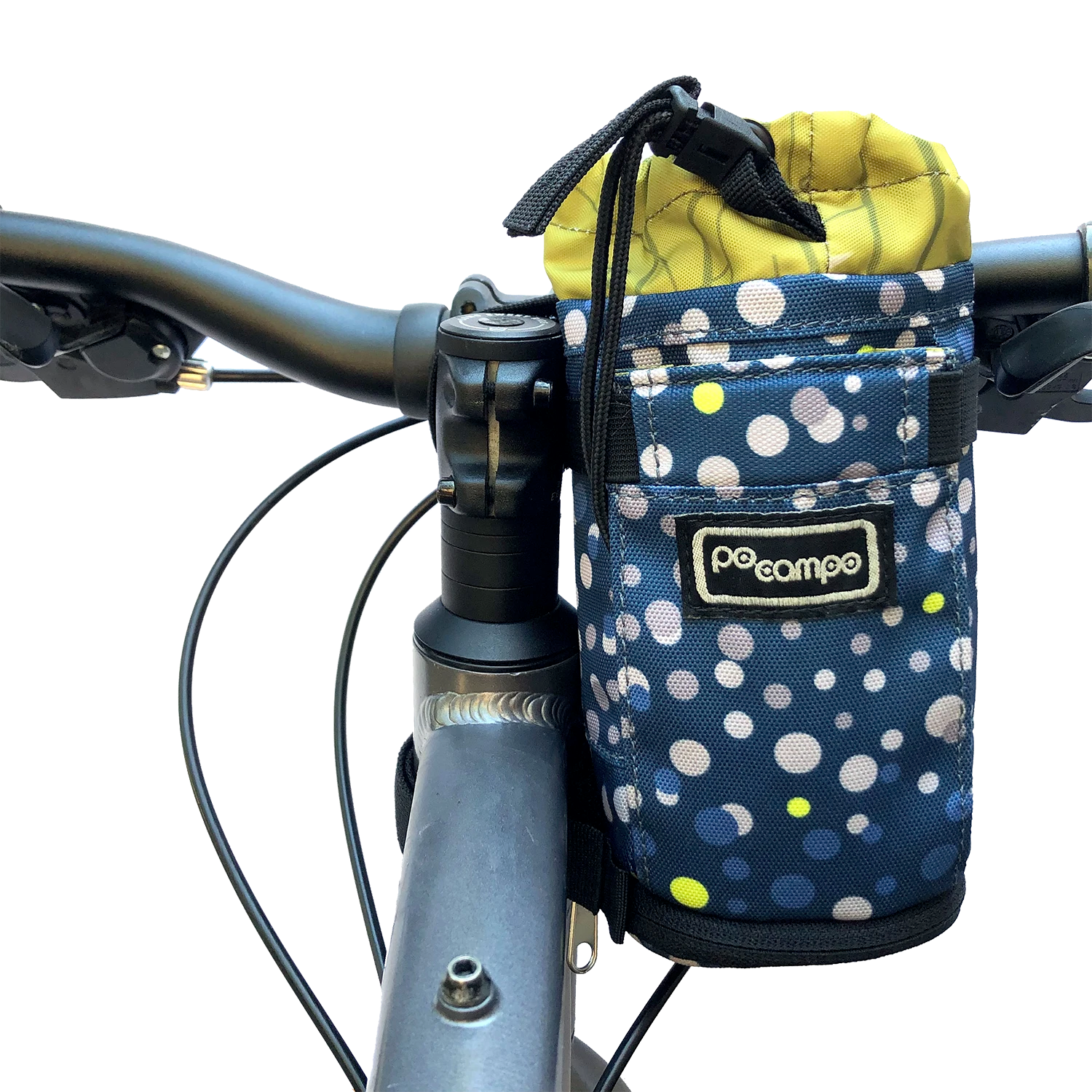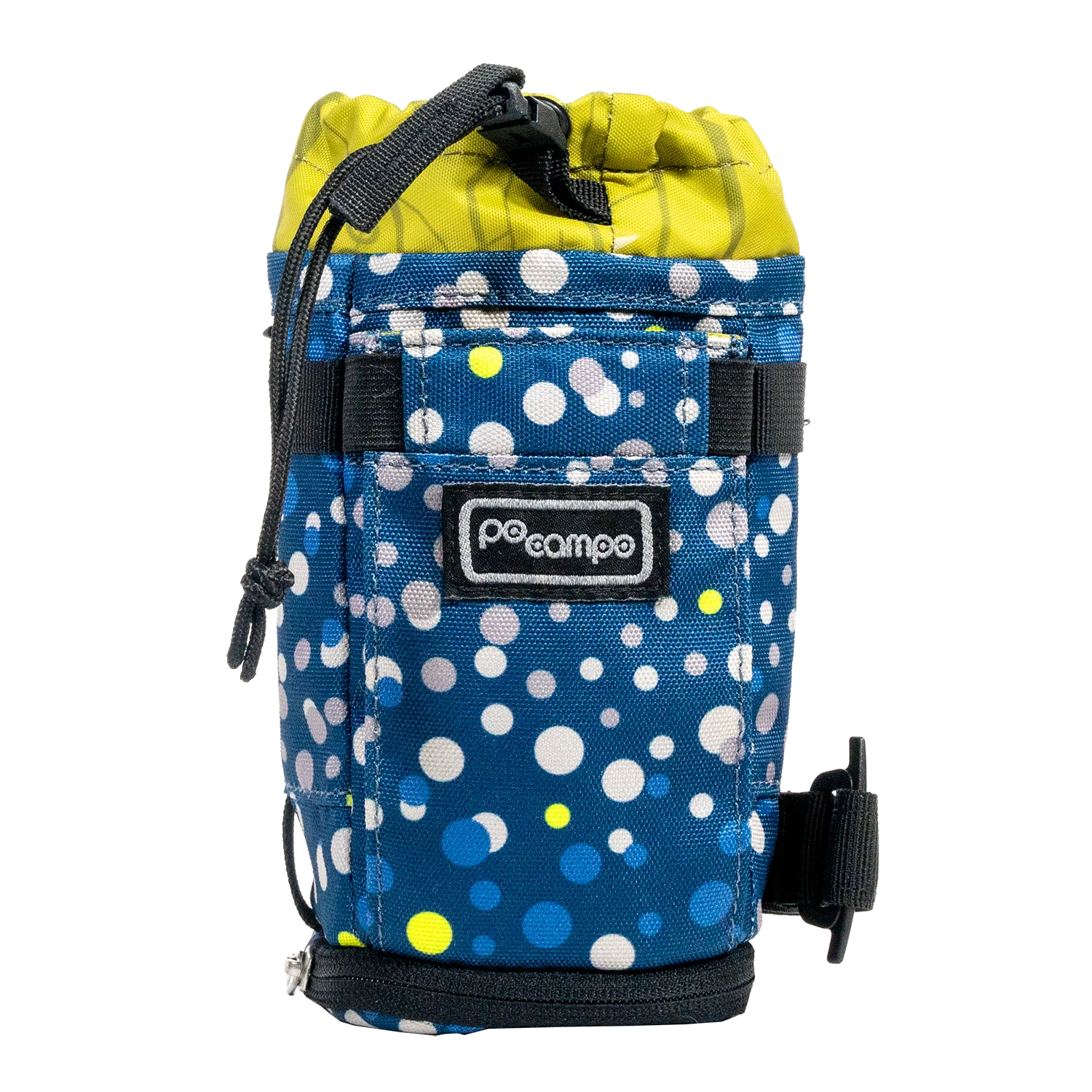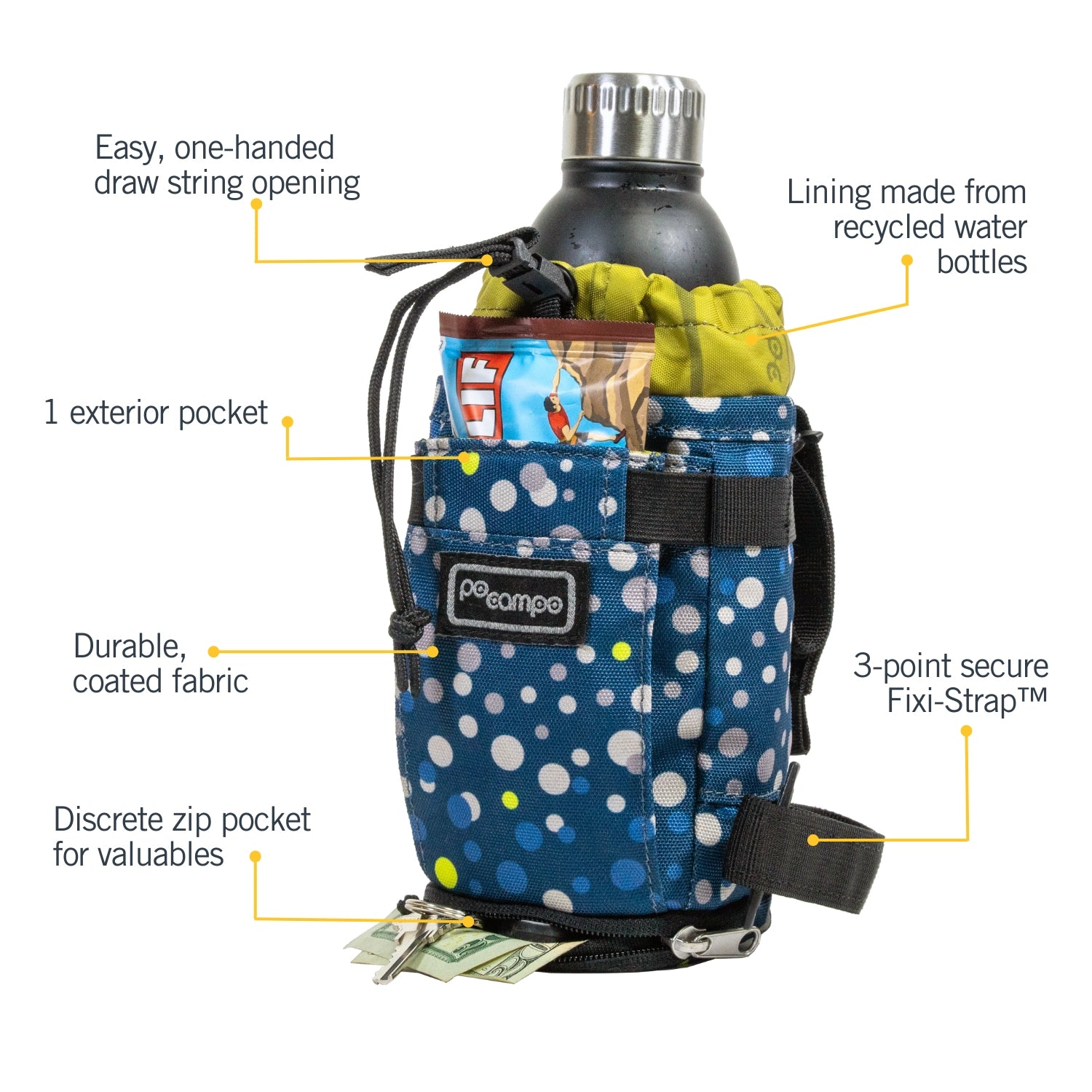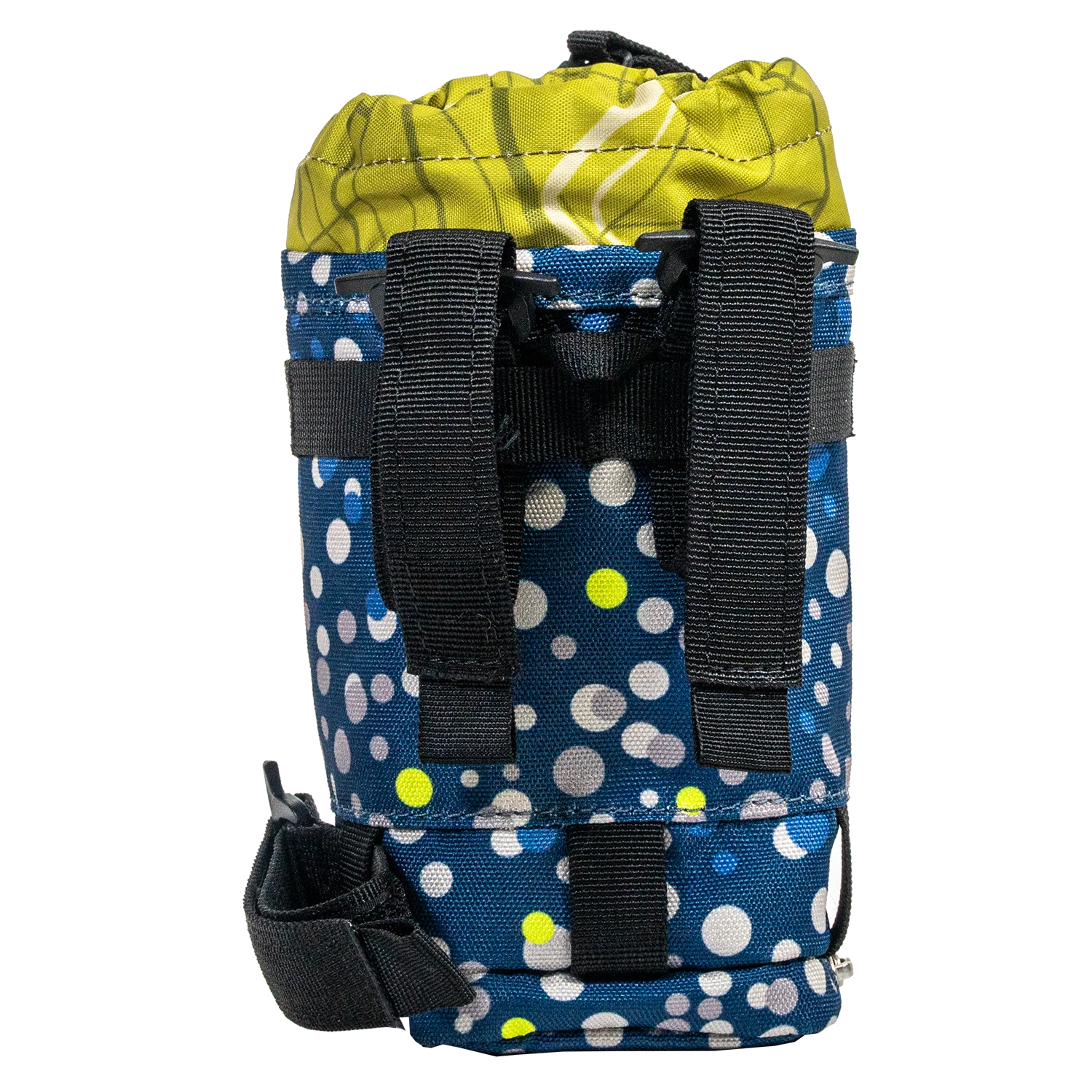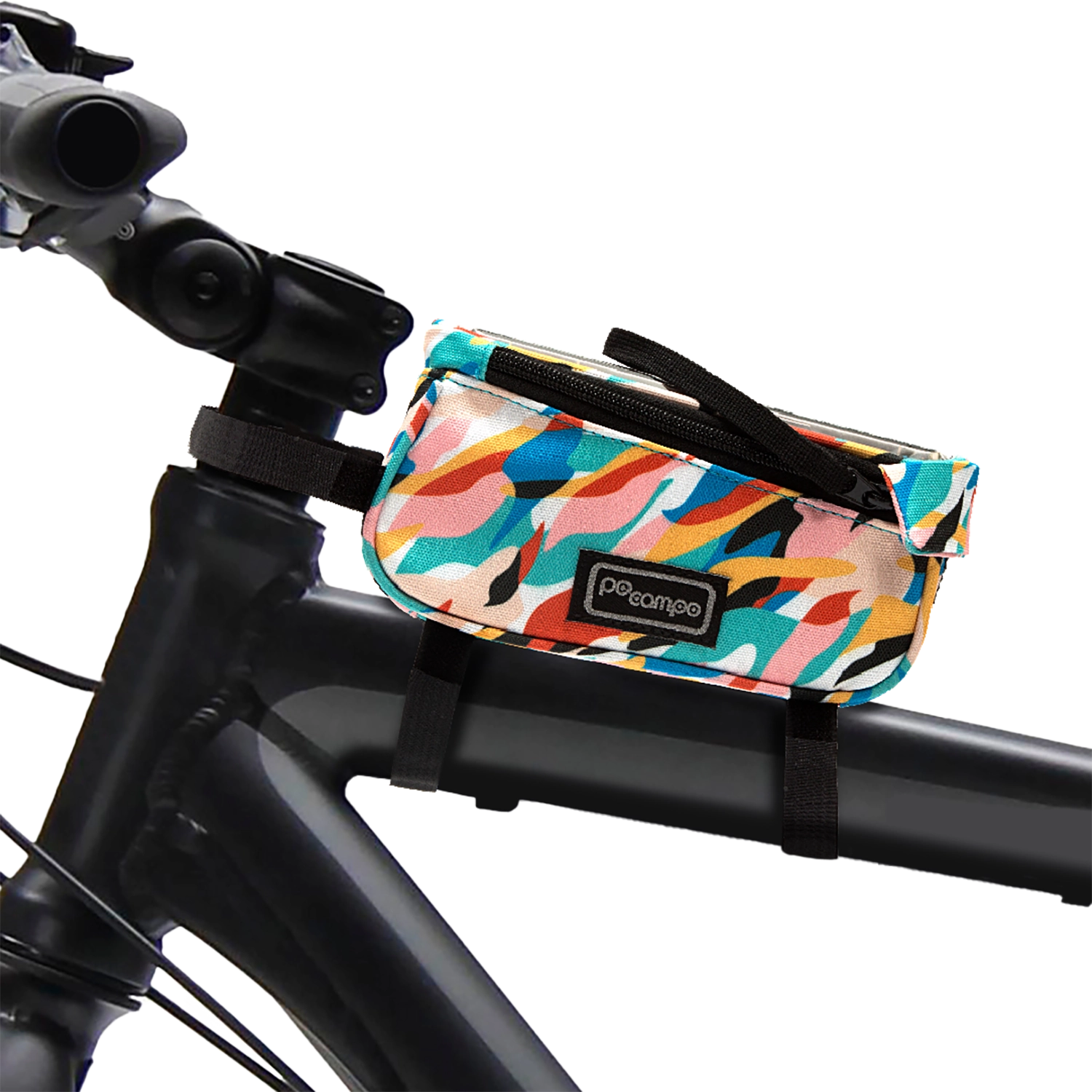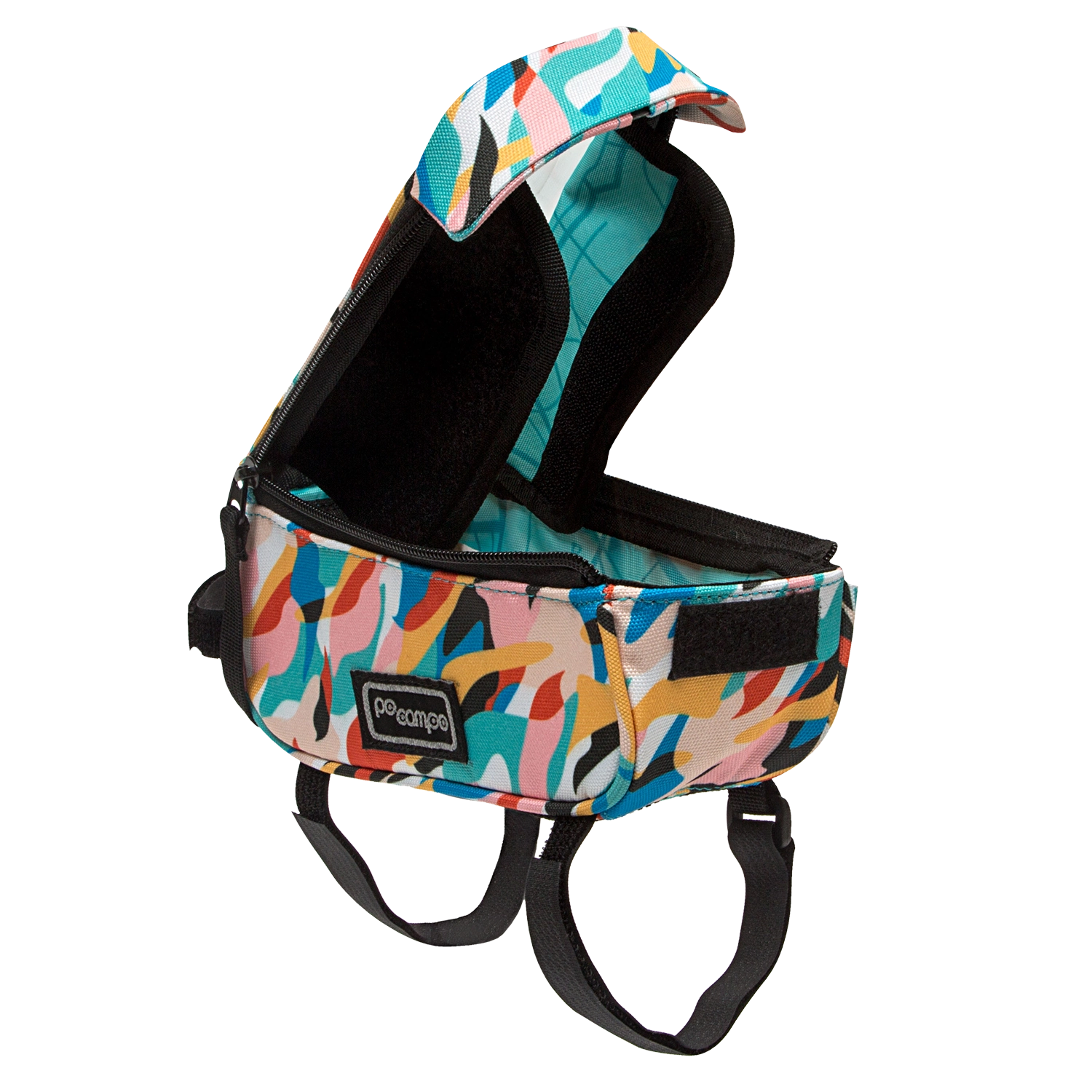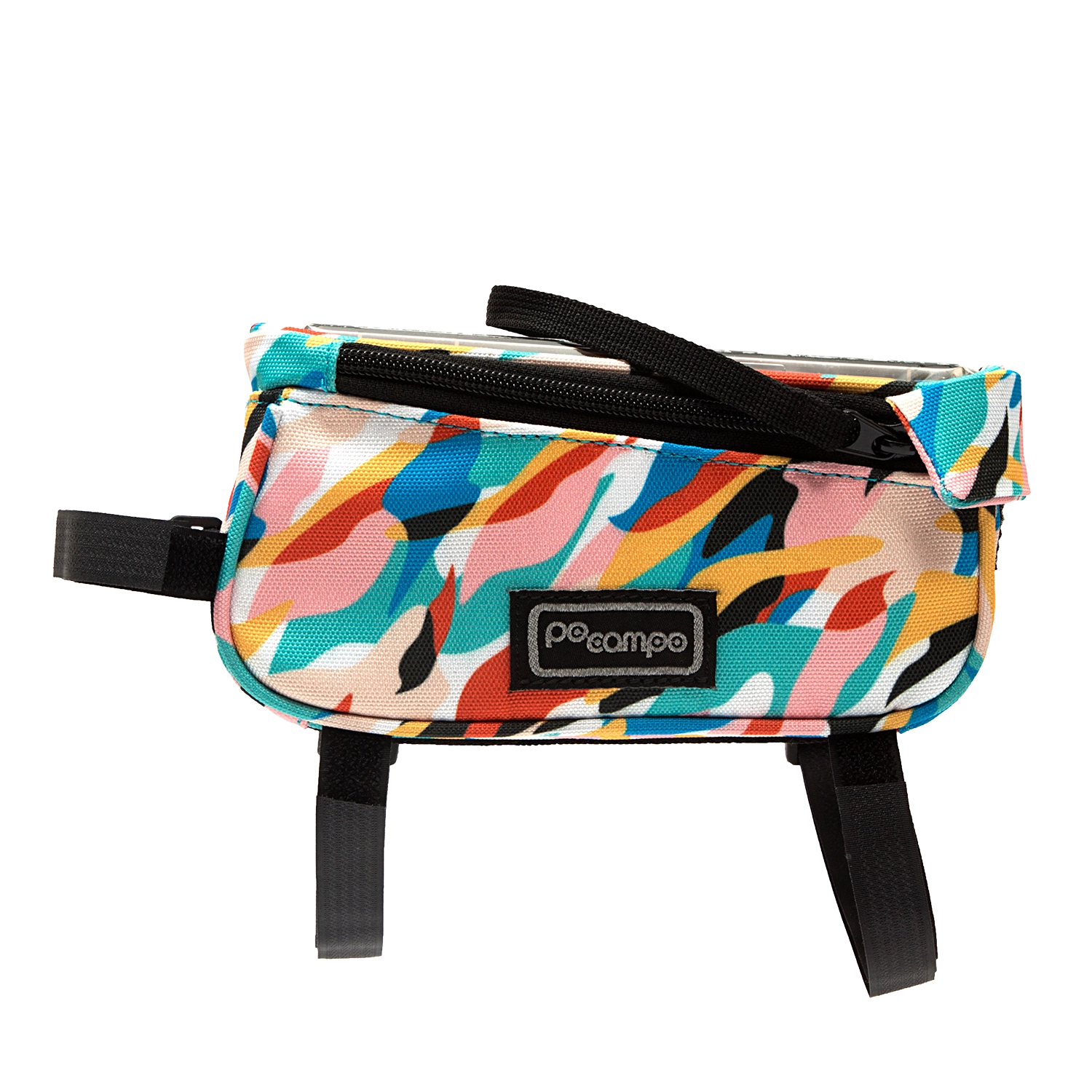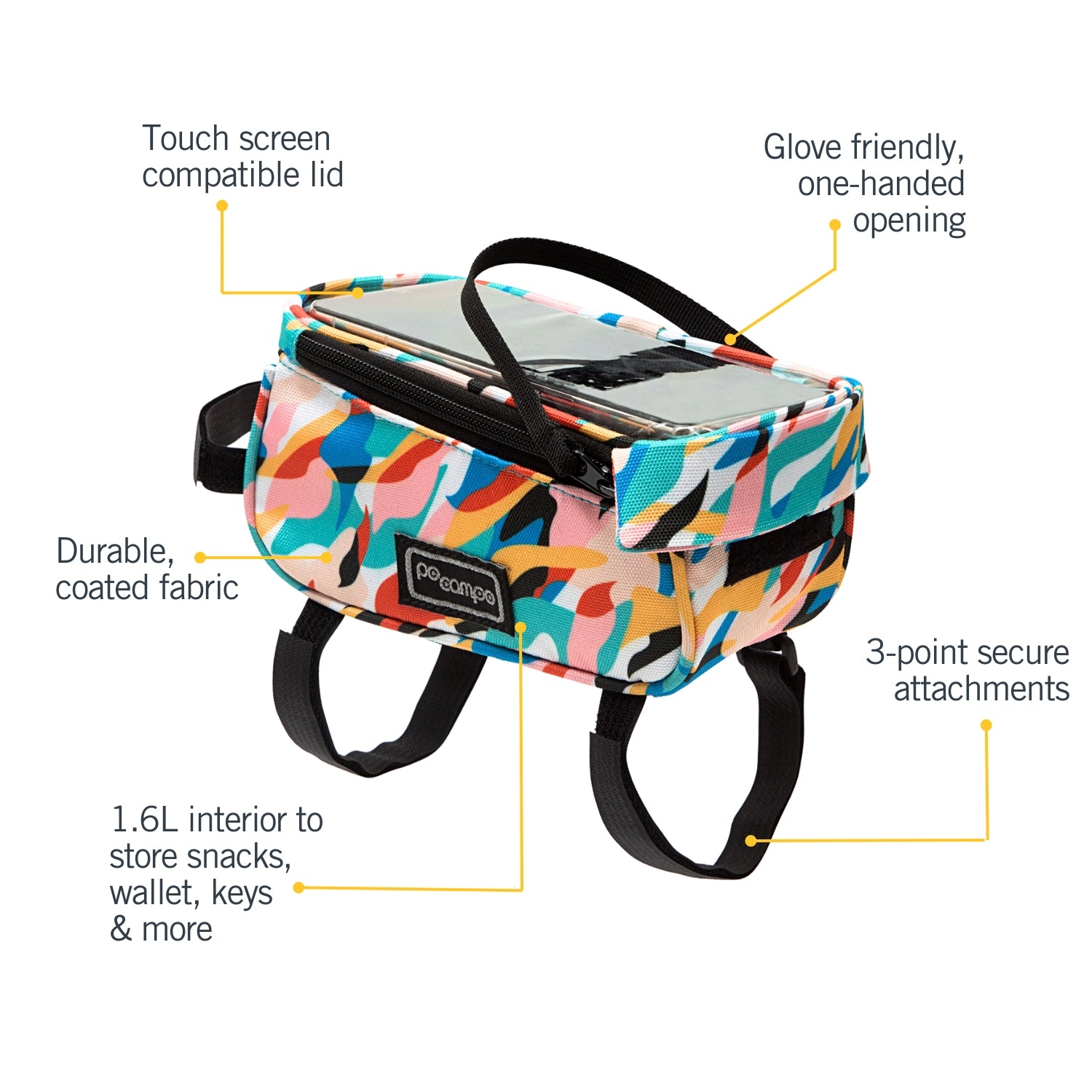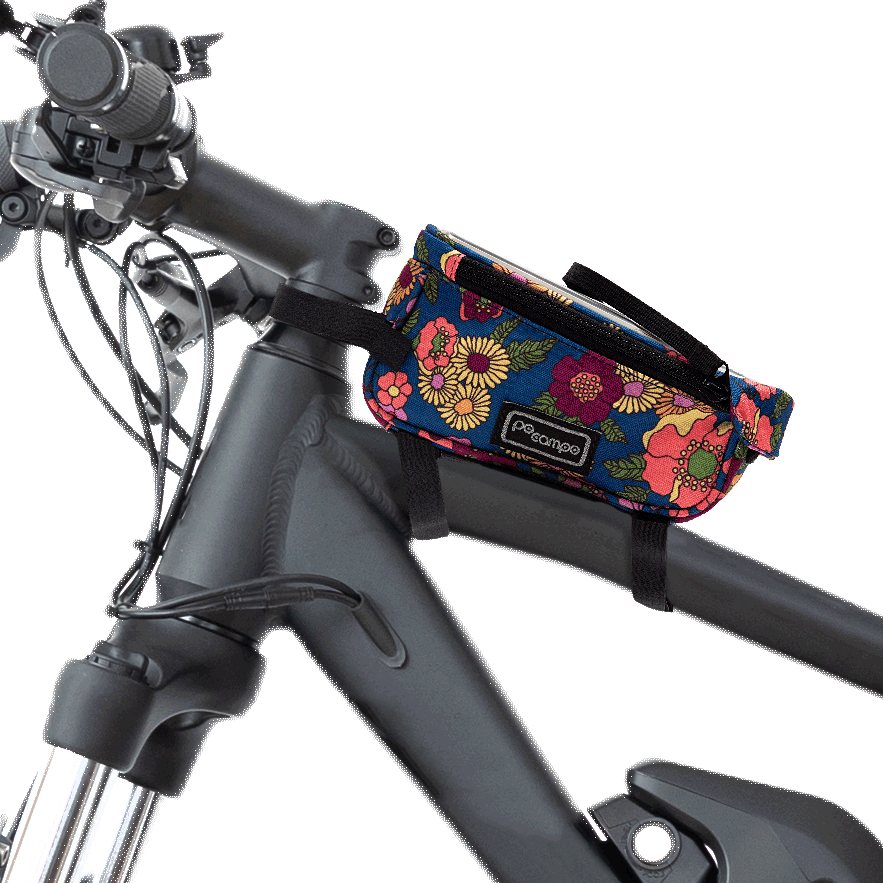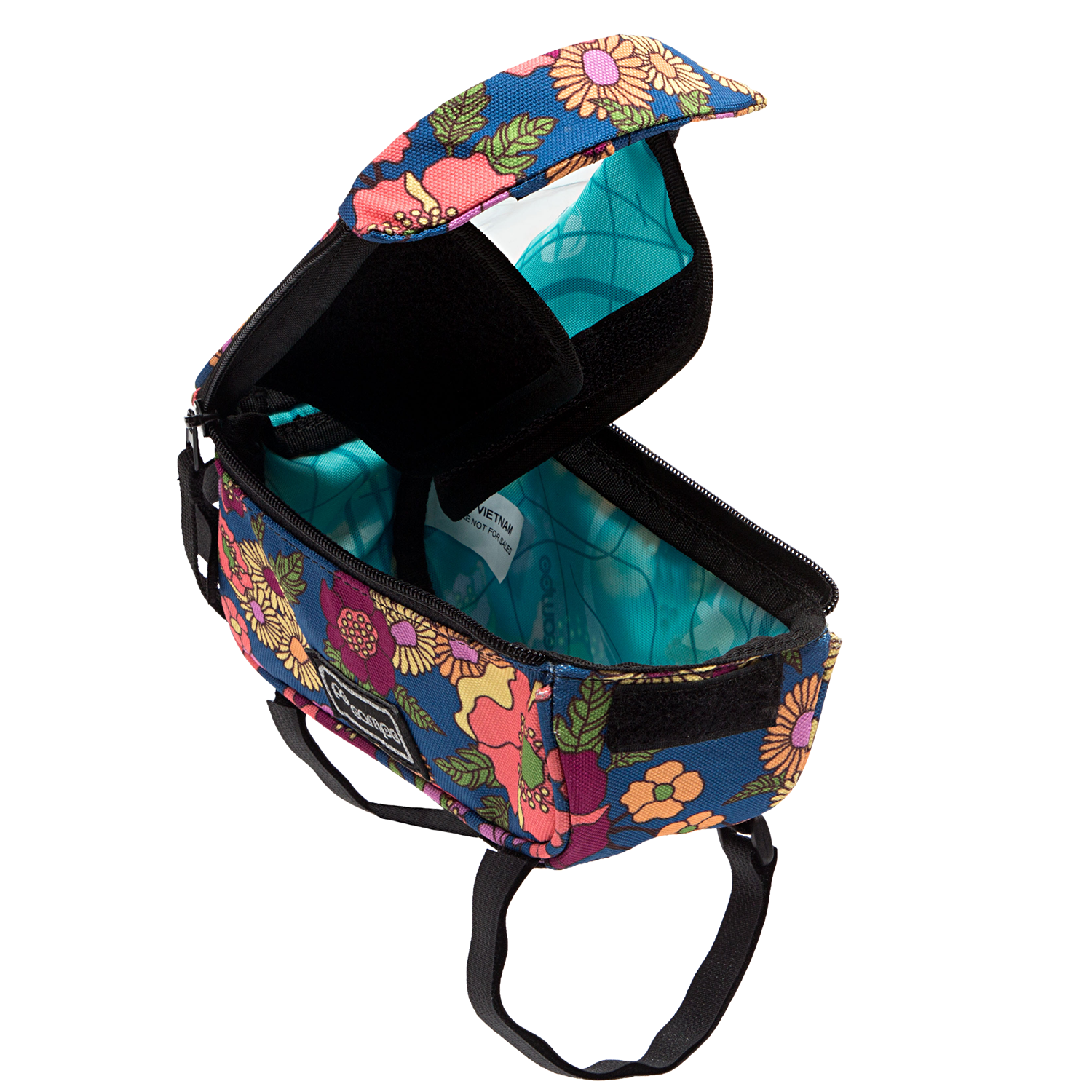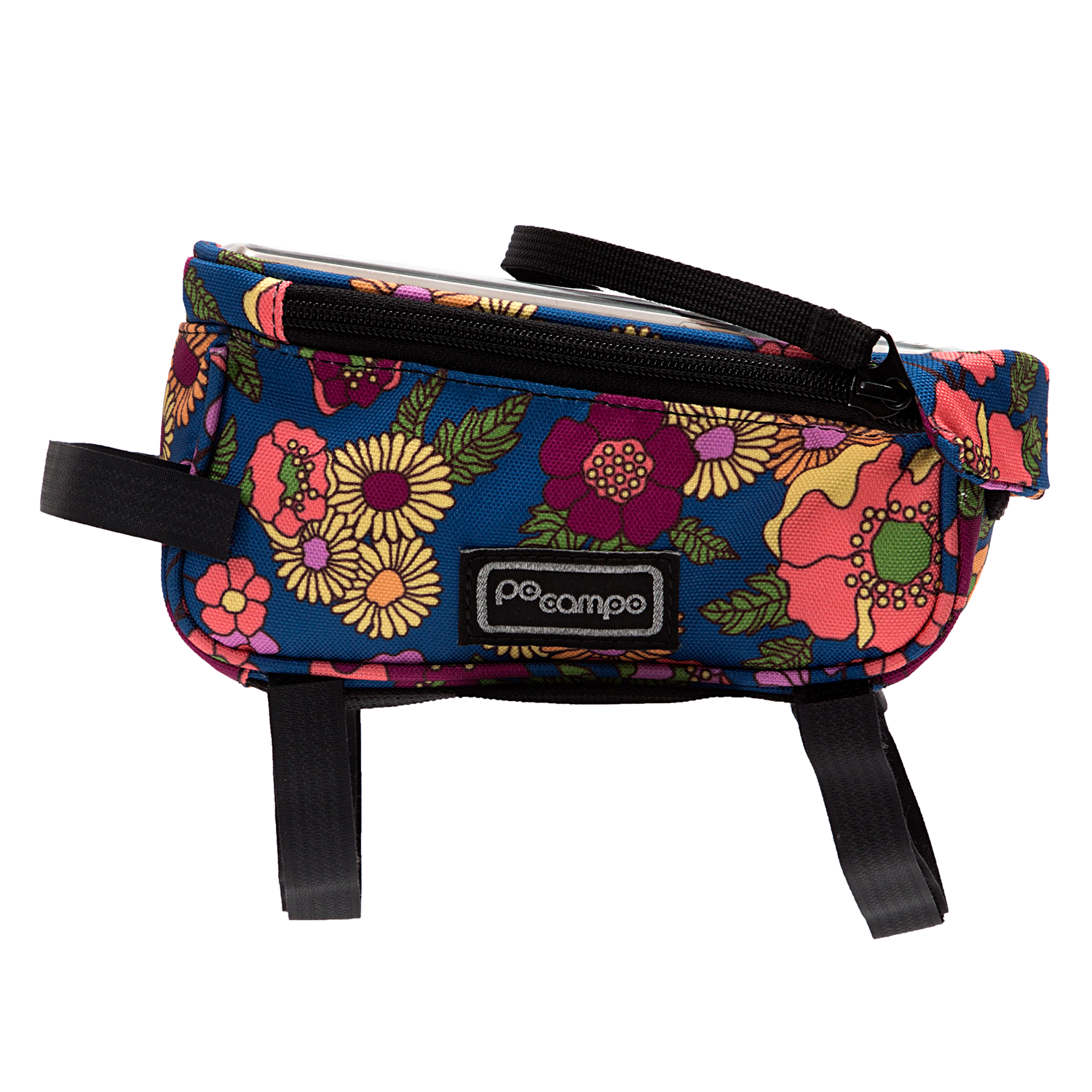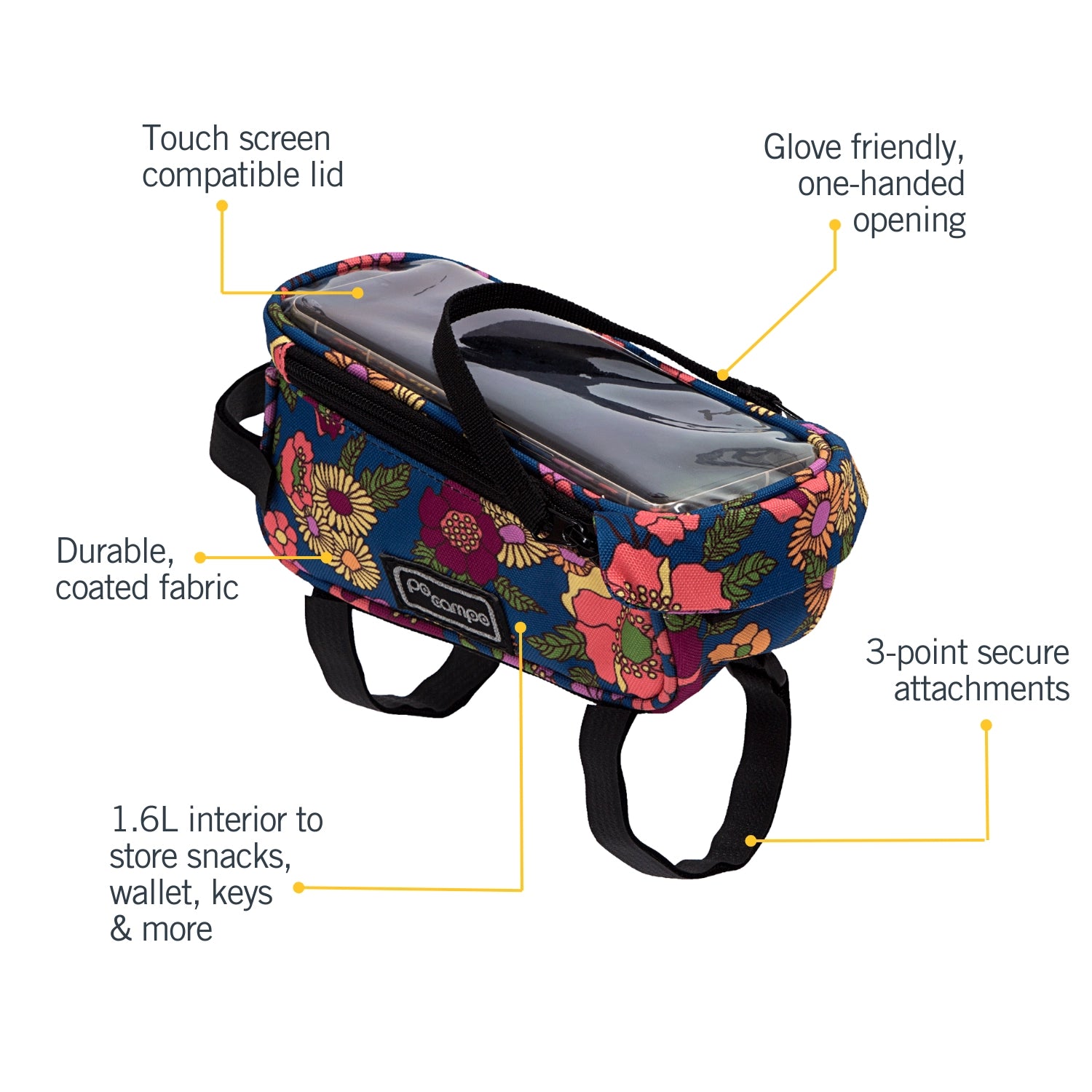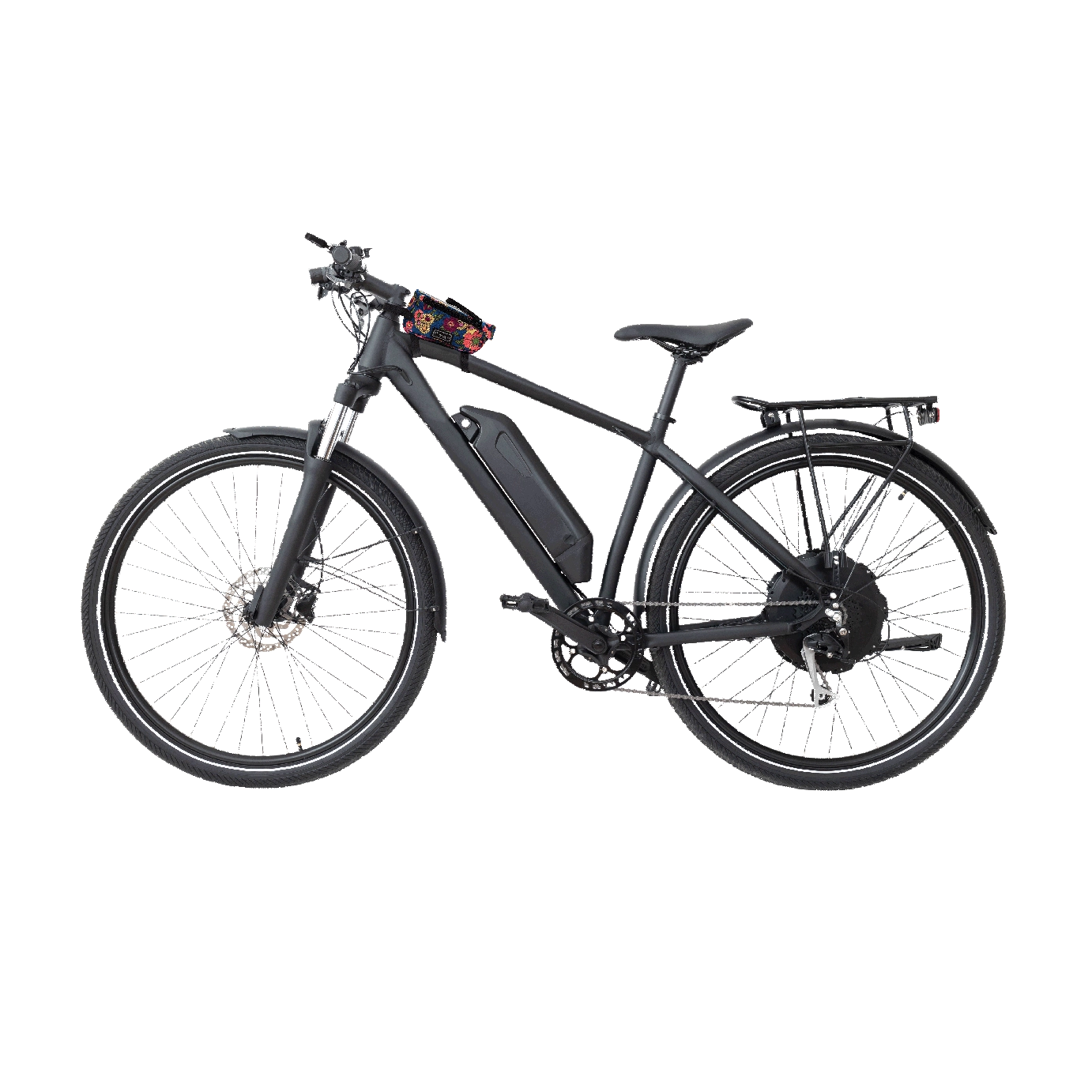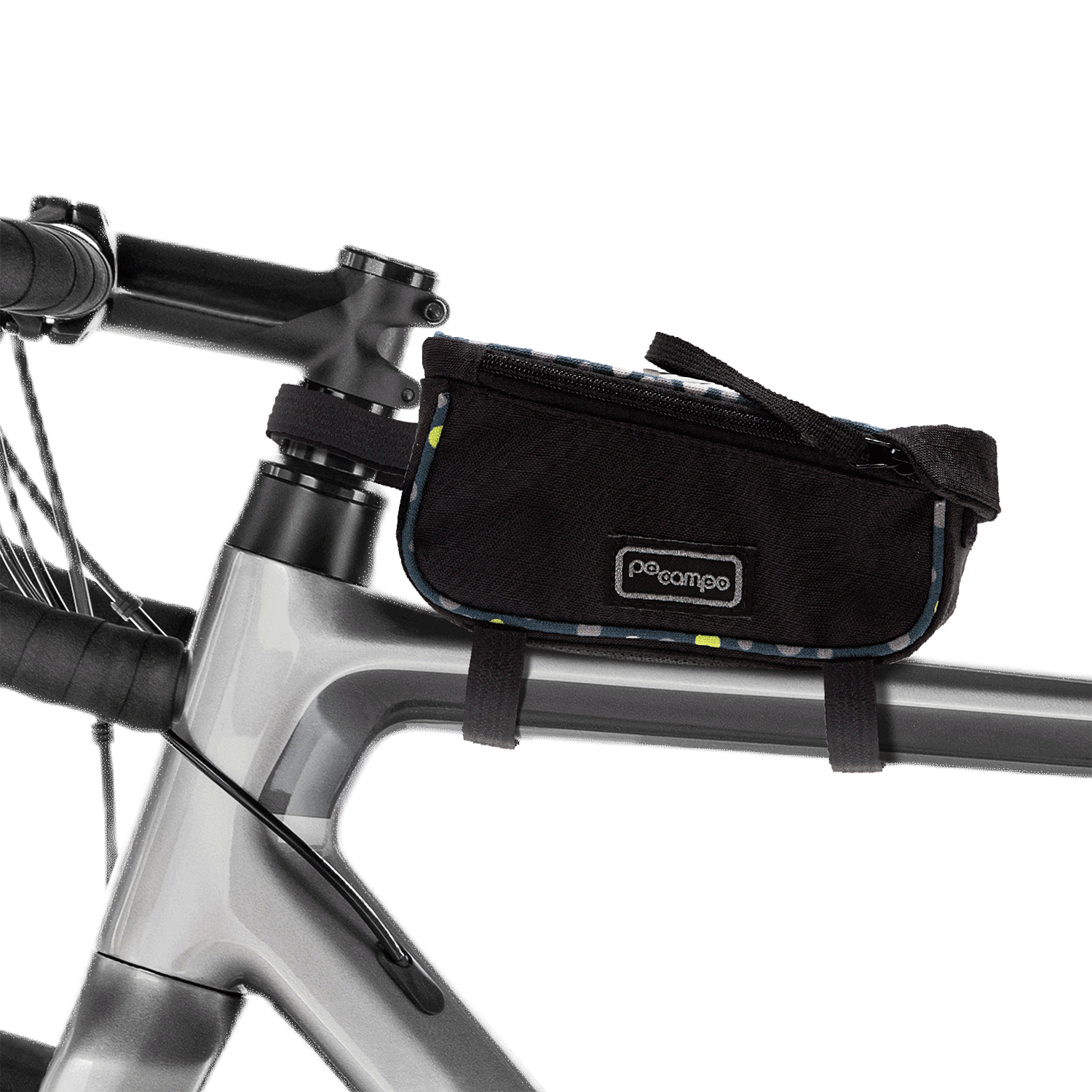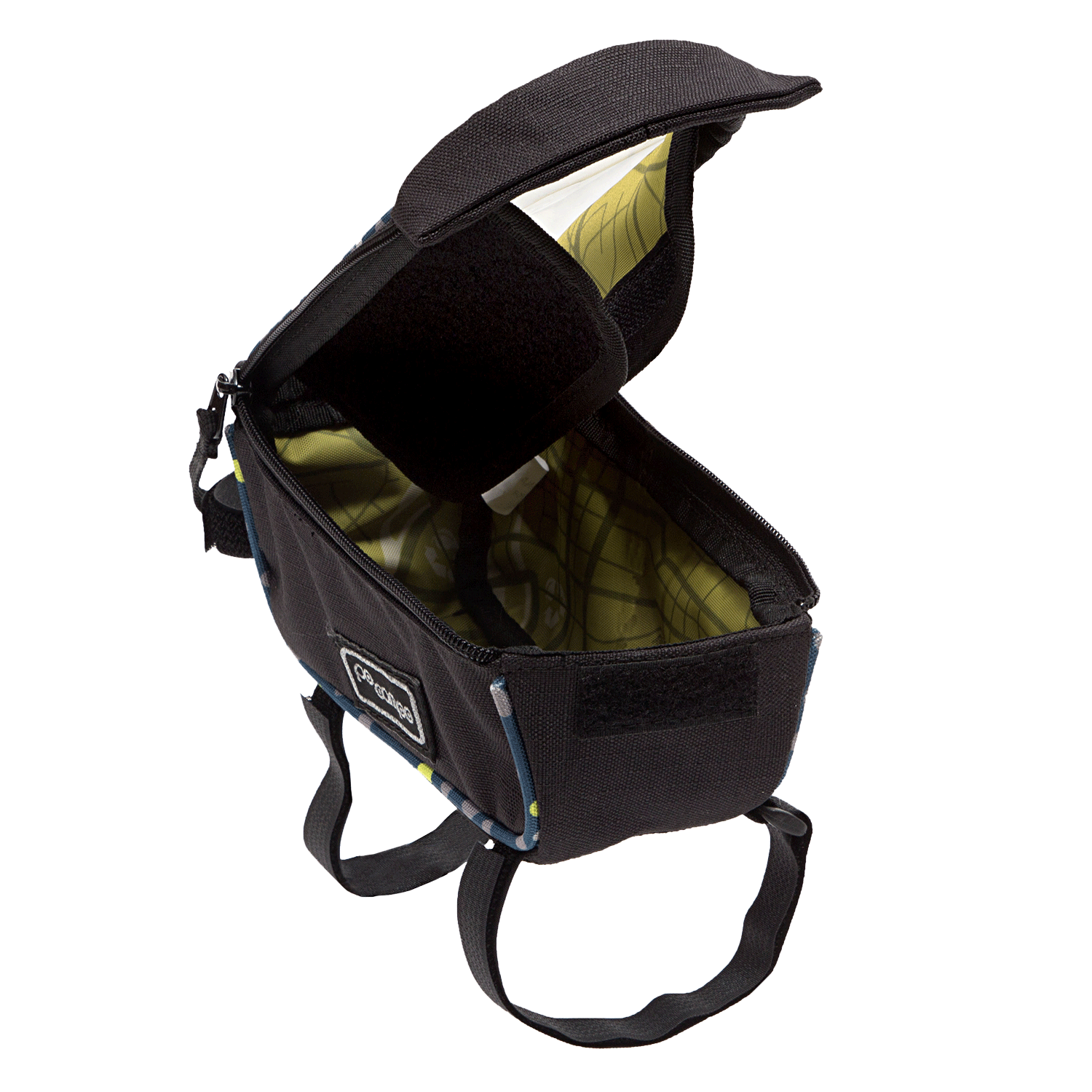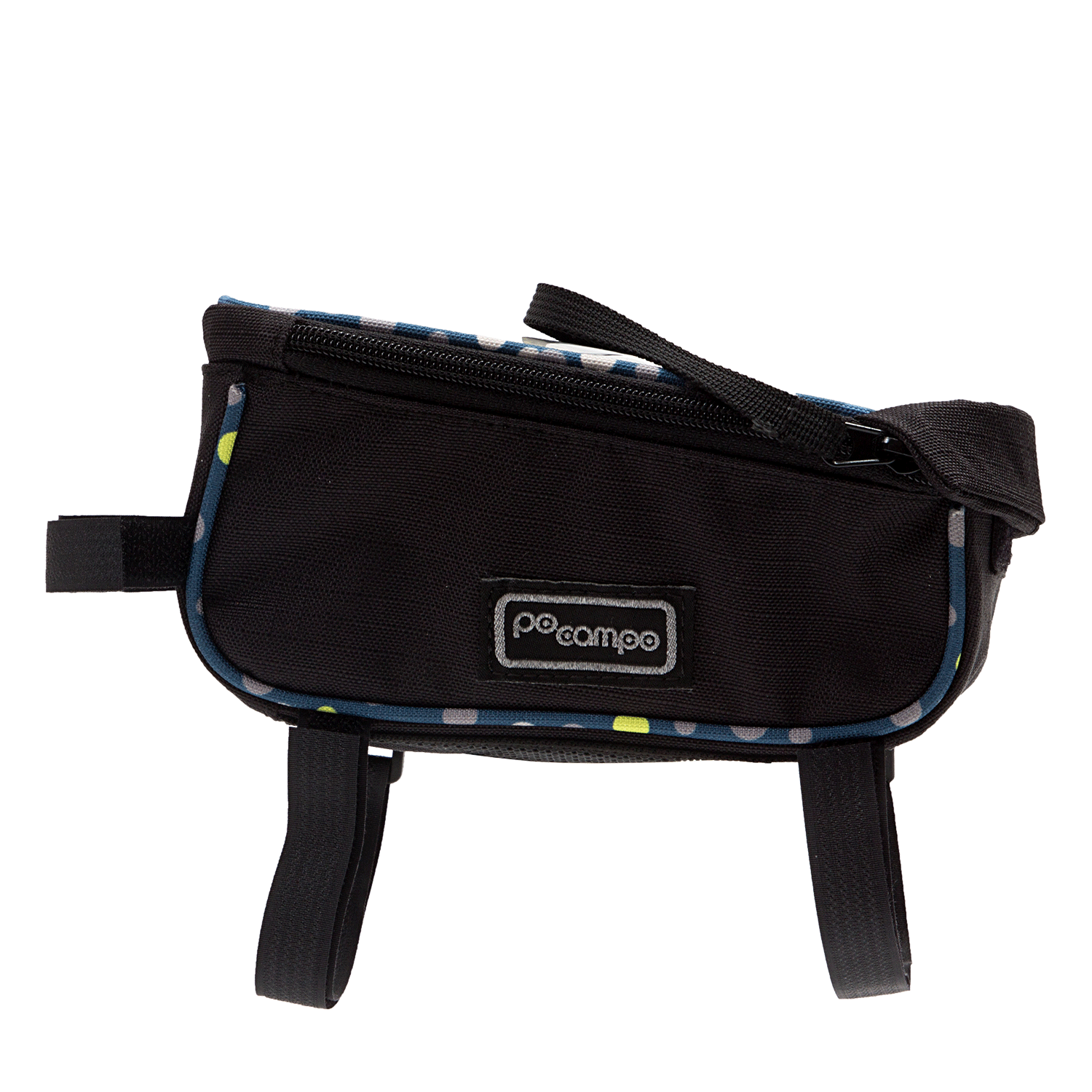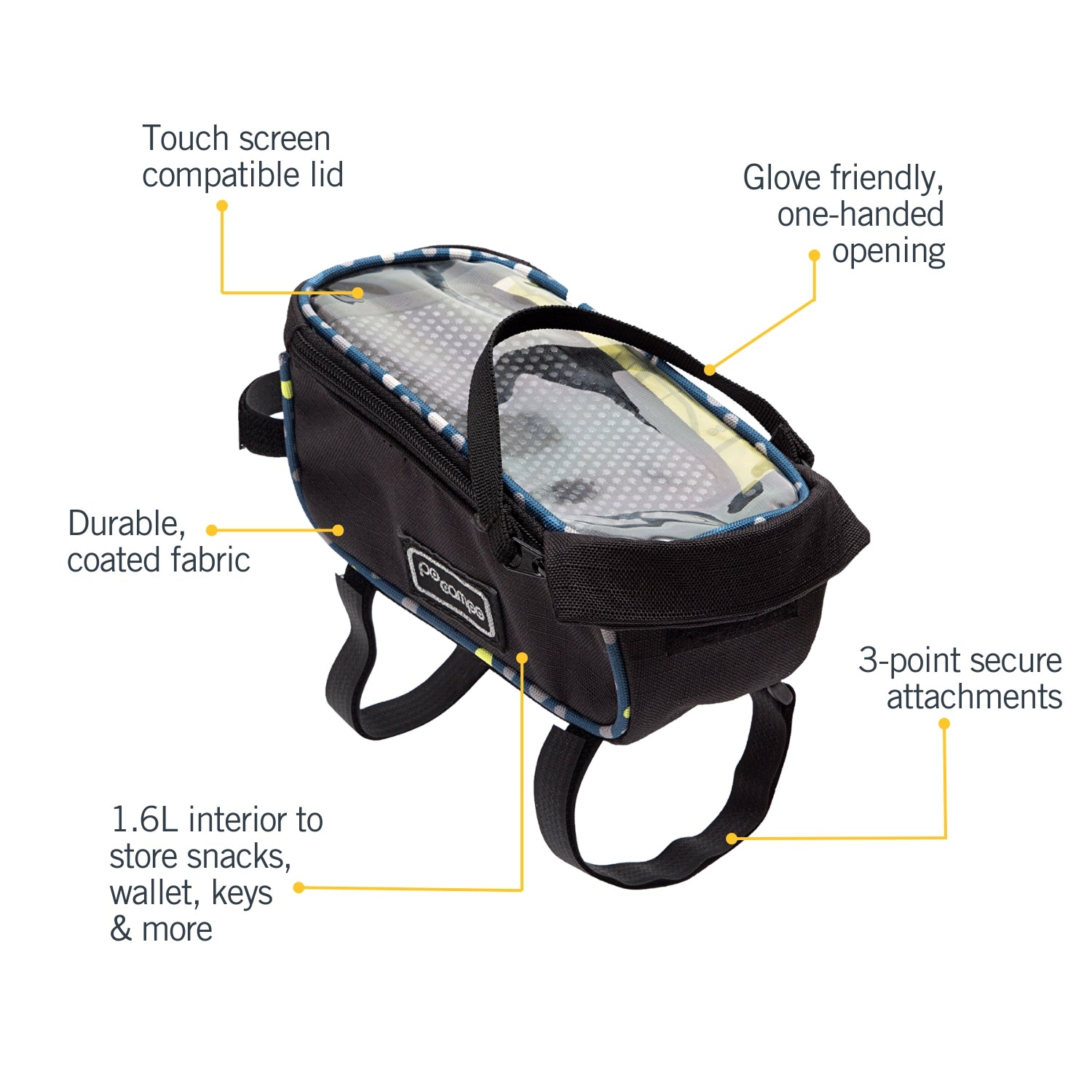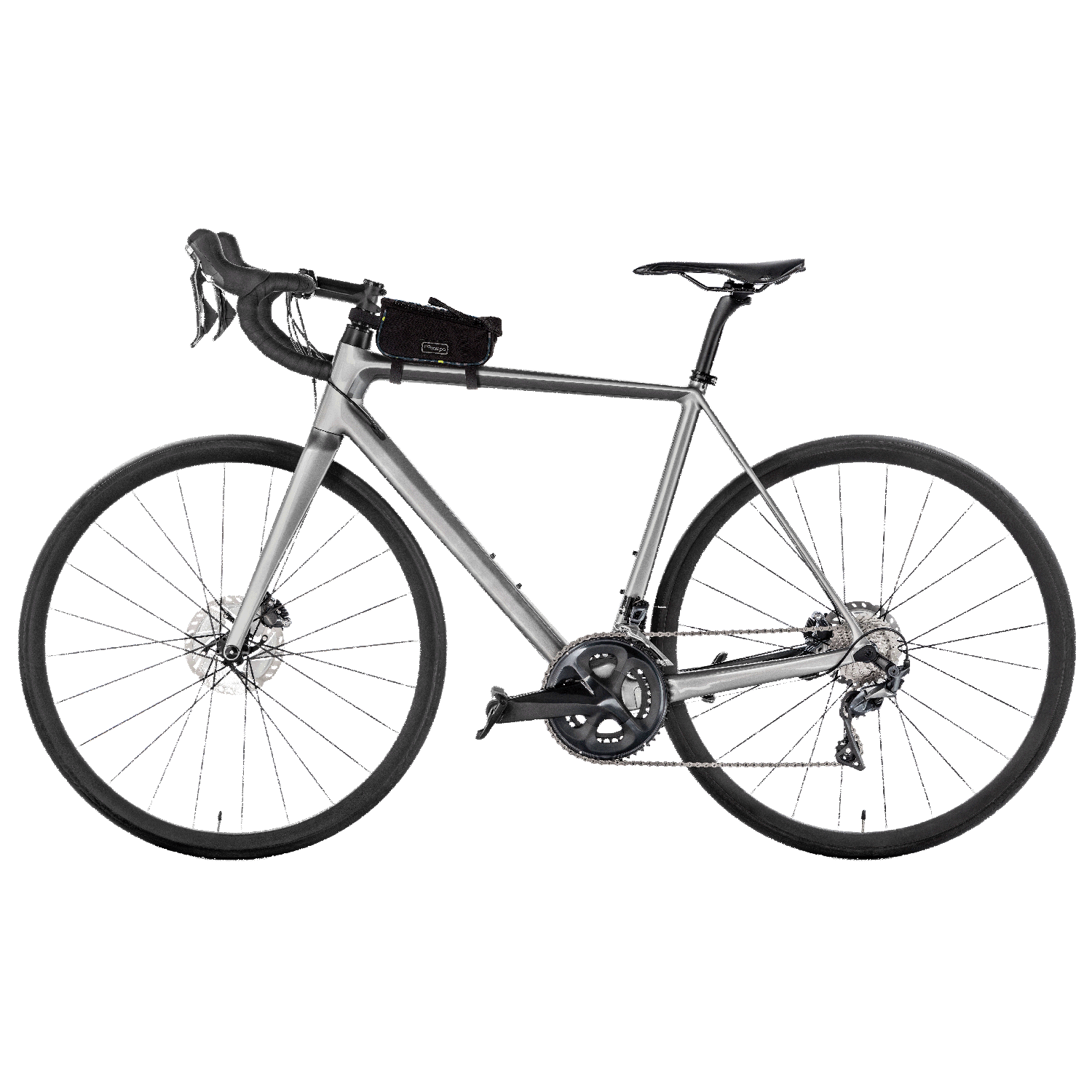If you live in a city, certain things may feel out of reach. There may not be an in-unit washer/dryer in your near future, but a basic urban garden could be! Who says you need a yard? In an urban environment, even the smallest of spaces can be used for growing plants and vegetables. All that's necessary is some willingness and creativity!

A Quick History of Basic Urban Gardening
Vertical farms, rooftop gardens, and living walls may make urban gardening seem like a new concept. It’s not. Humans have been practicing the basics of urban gardening for almost as long as they’ve been building cities!

- 3500 BCE: Mesopotamians set aside plots for farms within the walls of growing cities.
- 2500 BCE: Egyptians planted fruit and nut trees in cities to provide shade and pleasant greenery.
- 1100 CE: Aztecs developed a system of garden plots and canals connected to local waterways (the chinampa system).
- Late 1800s: European cities provided urbanites with land allotments to encourage impoverished communities to become more self-sustaining.
- 1910s-1940s: During WWI and WWII, the US and other Western countries encouraged citizens to grow “Victory Gardens” to supplement the public food supply.
- 1990s: In the US, people began to connect the ideas of urban farming with urban gardening to mitigate food insecurity.
- 2020: The COVID-19 pandemic seeded an urban gardening revival. In times of stress and uncertainty, tending to new growth felt productive (and was lower-maintenance than a pandemic puppy!)
Benefits of Urban Gardening
Growing your own food is a great way to reduce the amount of chemicals you use and create fresh, healthy produce. Here are some of the other, impressive benefits of urban gardening. Urban gardens…
- Increase social bonds between neighbors
- Help filter local pollution out of the air
- Combat the urban heat island phenomenon, helping keep cities cool
- Help prevent water pollution by reducing runoff
- Provide habitats for pollinators
Whether your reason for urban gardening is to improve health, relax and de-stress or just have a bit more green in the city - we want to help you get started!

Basics for Getting Started
Here are some important answers to urban gardening questions that should send you sprinting to the nursery supply store.
Where Can I Start a Basic Urban Garden?
City dwellers, rejoice! With a little creativity and the right tools, you can start your very own basic urban garden in just about any space.
Do you have a balcony? A window sill? An exterior wall? How about a fire escape or a disused alley next to your building? With your landlord’s permission, any and all of these locations can serve as the perfect spot for your urban garden!

How Can I Garden Without a Yard?
Gardening can be difficult without a yard, but it's not impossible! With the help of containers and some DIYing skills you'll find that basic urban gardening is easy in any space. Pots come in many different colors, patterns, materials, and sizes to suit your space and taste. They're also portable, so you can move them around your garden as needed, or even move them inside during the winter.
Glazed and terracotta pots are beautiful, but they also can be expensive. You don’t need to break the bank to get started with urban garden basics! Plastic pots work well – and are much easier to bike home with. Whichever container you choose - just make sure there’s drainage holes at the bottom for wet soil from rain storms because soggy soil can ruin beautiful flowers quickly if left unchecked.
With so Many Plant Options… How Do I Choose?
If you want to grow fruits, vegetables, and herbs, be sure to only plant kinds that you know you love and won’t get sick of eating. If you love having flowers in your home, choose repeat-blooming, easily cuttable flowers like roses and hydrangeas. If you’re a first-time gardener, opt for plants that are tough to kill: geraniums, carrots, and mint are all great for beginners. Think about what you like, then see what works for the amount of sunshine your garden gets.

How Much Sunshine do I Need for a Basic Urban Garden?
The amount of sunlight you need depends on what you’d like to grow! If you live in a city, chances are, you won’t have access to full sun. Trees, buildings, and fences will probably block sunlight from reaching your garden for at least part of the day. To find out how much sunshine your space gets, observe it throughout the course of one day. It won’t take much time! Just step outside for a minute once every hour to see whether your spot is in sun or shade. At the end of the day, add up the total number of sunny hours to get your exposure time.
For spaces with 4-6 hours of direct sunlight, try:
- Veggies: Beans, Peas, Beets, Broccoli, Cabbage, Leeks, Radish, Turnips
- Other Plants: Hyssop, Aster, Lobelia, Marigolds
For spaces with less than 4 hours of direct sunlight, try:
- Veggies: Leafy Greens, Chives, Cilantro, Oregano, Parsley, Mint (mint is an aggressive grower - keep it in its own container!)
- Other Plants: Ferns, Hostas, Coleus, Yews, Hydrangeas, Rhododendrons

How Can My Urban Garden Be Eco-Friendly?
With all the pesticides and water waste that come along with gardening, it may seem like your basic urban garden could actually be bad for the environment! If you want to make sure your little Eden is eco-friendly, be sure to choose organic heirloom plants that prevent the spread of GMOs, use organic fertilizer, plant food, and potting soil, and add flowers that bees and butterflies love to visit to help ailing populations of these important creatures. If drought is a concern in your area, opt for a succulent garden or use a drip irrigation system to cut down on water use. If you find that pests like aphids are enjoying your fresh herbs or veggies even more than you are, try creating an eco-friendly pesticide by mixing the following in a spray bottle:
- 2 quarts of water
- ½ ounce of organic neem oil (neem is bitter, which repels insects)
- ½ teaspoon of dish soap (soap forces the oil and water to mix)
If you’re already dealing with an infestation, spray your plants every other day for two weeks. You can also use this mixture once every 2-3 weeks as a preventative measure!
What Else Should I Consider for my Basic Urban Garden?
- Water: Do you have access to a water supply on your roof or balcony? If not, limit the number of containers you grow. Carrying a watering can back and forth from your kitchen sink will become tiring.
- Heat: Urban gardens absorb heat directly from the sun, and also from ambient light that reflects off of buildings, concrete surfaces, and even cars! If your garden regularly sees temperatures over 100°F, stick to heat-loving plants like lemon verbena, cosmos, sage, or lavender.
- Wind: Tall buildings in urban settings create wind tunnels. If you don’t want your potted plants to tip over and spill dirt on your downstairs neighbor’s balcony, place stones in the bottom of your containers before filling them with soil to weigh your urban garden down.

Where Do I Begin?
For starters, check out your local nursery! Not only will you find knowledgeable staff to answer any questions you may have, You’re also more likely to find plants that are native to your region, and healthier than those you’d find from large retailers. If you’re considering Ubering home, you may want to think twice! Even if your plants are in bags, you risk spilling dirt on your driver’s fresh carpeting.
If you’re comfortable with urban biking, your bike is ready for spring, and you have the right gear (link to buyer’s guide once live), you can get your shopping done in a trip (or two) - and you’ll save your Uber rating. For picking up basic urban gardening tools like gloves, shears, or liquid fertilizer, a spacious handlebar bag will serve you well. For transporting plants home safely, we recommend a larger pannier, trunk, or crate. Try one of these:
 Clockwise from far left: Po Campo Orchard Pannier ($70), Po Campo Vernon Trunk ($30), Basil Bike Crate ($24.99), Fjällraven/Specialized Coolcave Pannier ($80), Public Wooden Crate ($94.99)
Clockwise from far left: Po Campo Orchard Pannier ($70), Po Campo Vernon Trunk ($30), Basil Bike Crate ($24.99), Fjällraven/Specialized Coolcave Pannier ($80), Public Wooden Crate ($94.99)Love gardening but don’t have enough sunlight? Or a convenient water source? Or the time to tend to your garden daily? You can still reap the benefits by visiting or volunteering at a community garden. Community gardens offer city residents the opportunity to grow their own food, connect with others, and learn about food systems. If there are multiple community gardens in your neighborhood, you can even make a day of it! We love this community garden bike tour route near the Po Campo HQ!


